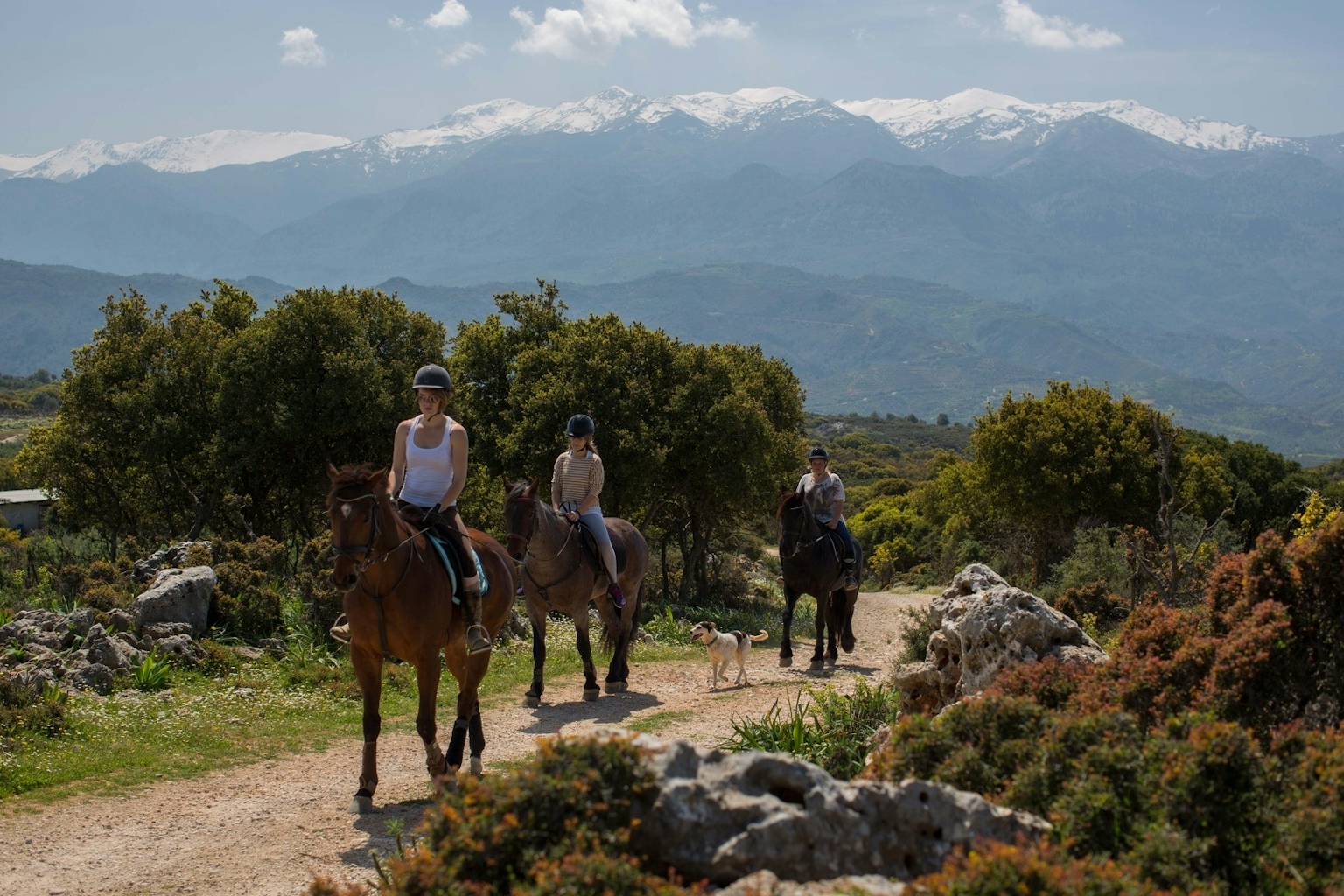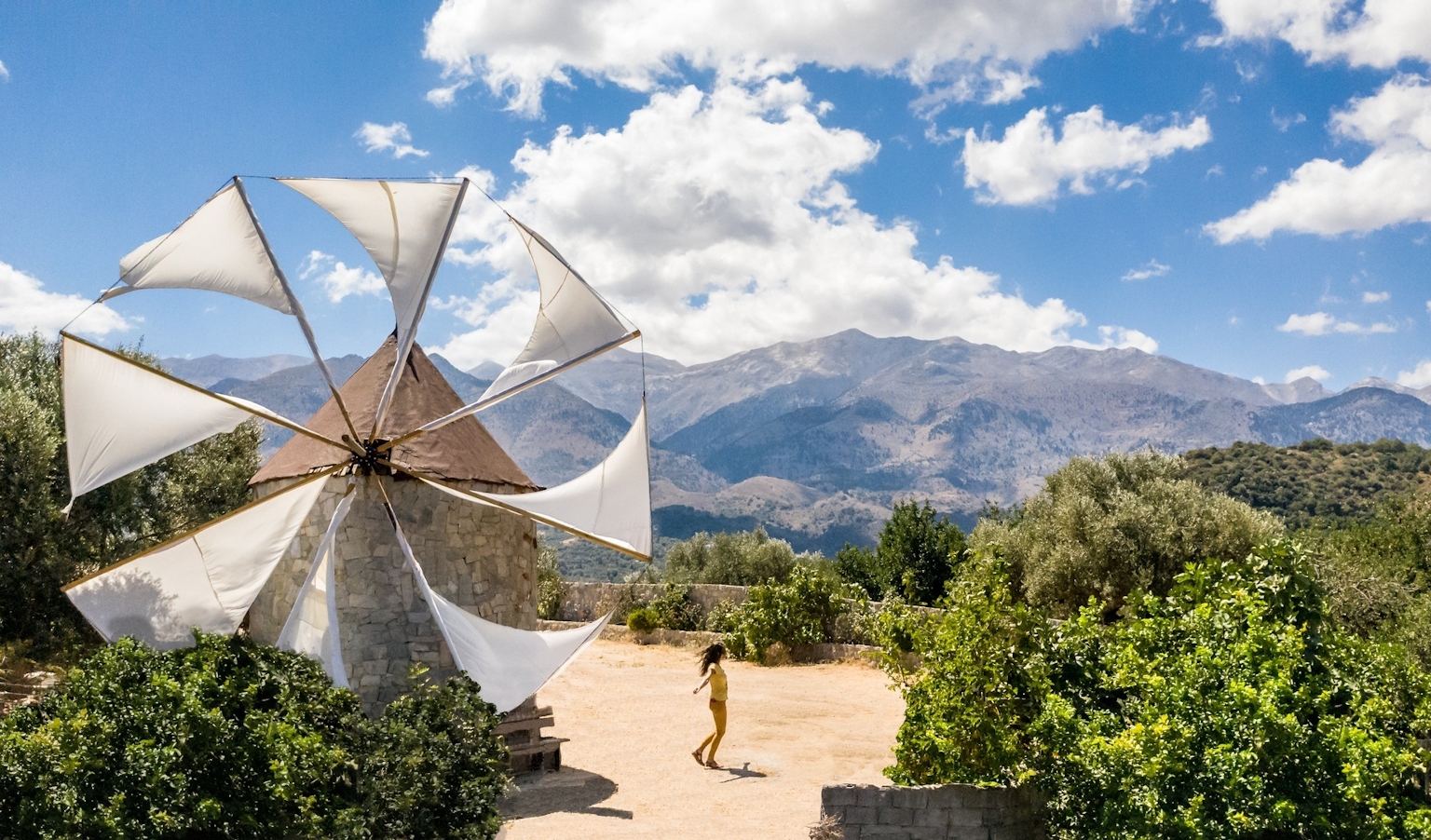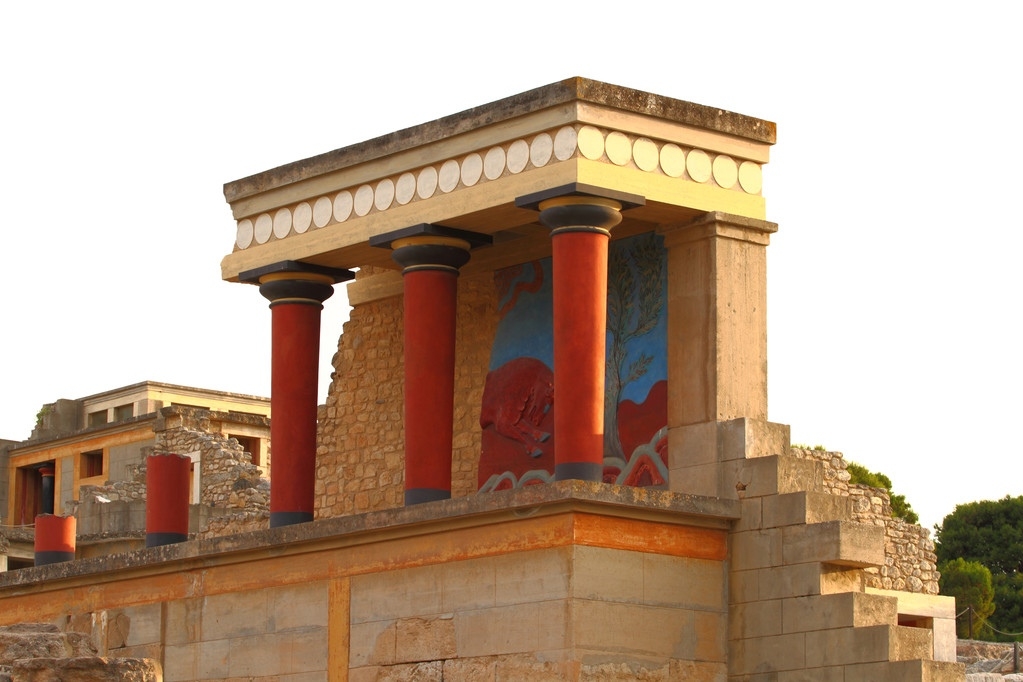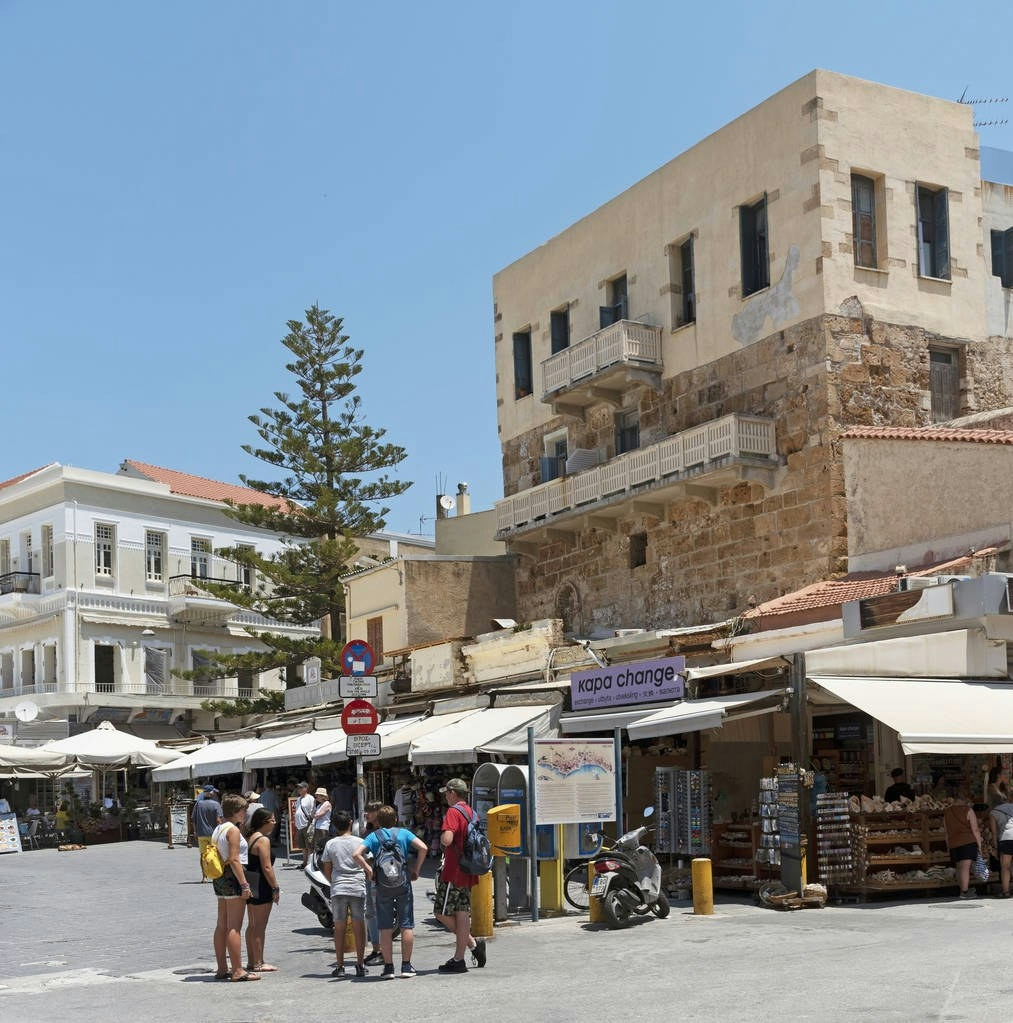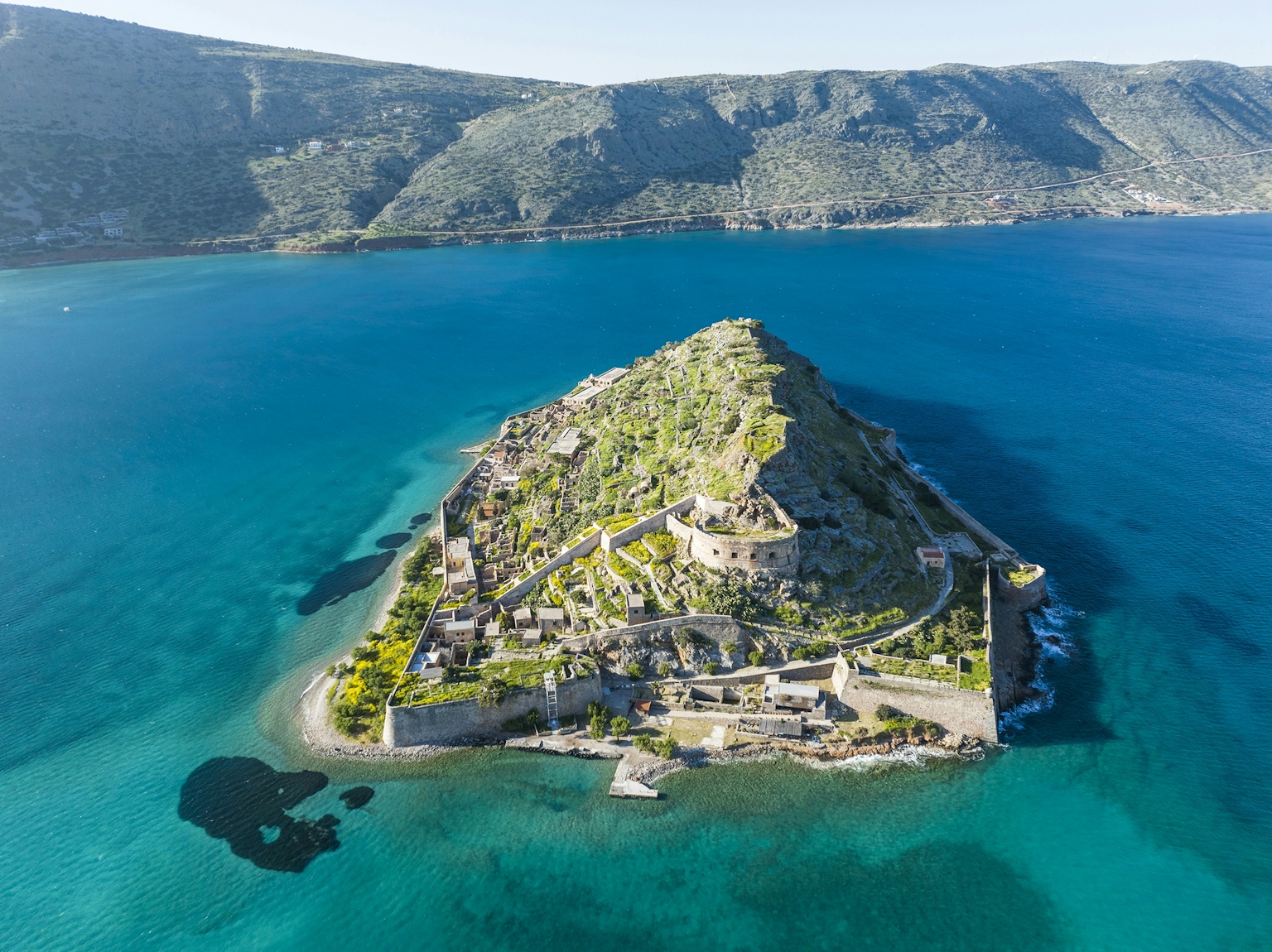Natural Monuments
Trees or flowers in Crete have been designated as natural monuments, either due to their ecological significance or historical importance.

Trees or flowers in Crete have been designated as natural monuments, either due to their ecological significance or historical importance.
- One of the renowned examples is the perennial plane tree of Gortys (Platanus orientalis var. Cretica), known for maintaining its foliage throughout the year. Approximately 50 such trees still exist. Legend has it that beneath a plane tree of this kind, Zeus had his union with Europe, resulting in the tree retaining its evergreen nature. This specific species is featured on the coins of Ancient Gortys.
- The evergreen oak, referred to as ‘Mantalenis' drygias’, holds unique botanical significance linked to historical events in the region.
- The hawthorn (Crataegus monogyna) at the archaeological site of Zominthos stands out for its impressive size, reaching a height of 11.40 metres. Typically, hawthorns are shrubs, but this particular specimen has grown into a tree. The exposed portion of the tree has a perimeter of 2.60 metres and a diameter of 0.80 metres. Its crown is dense, with branches uniformly distributed, spanning a diameter of 11-12 metres. Zominthos, situated on Mt Psiloritis, was a small Minoan town with a sacred spring, located near the Ideon Cave (Ideon Andron).
- The Cretan Cephalanthera, a rare endemic orchid species, thrives at an altitude of 1,400 metres and is specifically found on Mt Ida in Crete.
- The everlasting plane tree in Krasi boasts a parapet circumference of 14.60 metres, securing its place among the five largest trees in Europe. Its expansive foliage extends to cover a sizable square.
- The ancient olive tree of Kavousi stands at a height of approximately 9 metres, with a trunk circumference at its base measuring 21 metres and covering an area of 112 square metres. According to the environmental report, the tree is estimated to be around 3,250 years old. Notably, it is grafted onto wild rootstock, representing the oldest known example of grafting in the world. The tree features a robust profile and unique aesthetic morphology.
- The perennial plane tree of Azogyres in Chania maintains its leaves throughout the year. The 99 Holy Fathers settled under this plane tree, establishing the Monastery of the 99 Fathers in Azogyres. Legend has it that the branches of the tree form 99 crosses.
- The plane tree of Vlatos in Chania is a massive evergreen plane tree featuring a substantial hollow. During both the Turkish and German occupations, this hollow served as a hiding place for people and ammunition.
Photo: Wikipedia
The flora of Crete
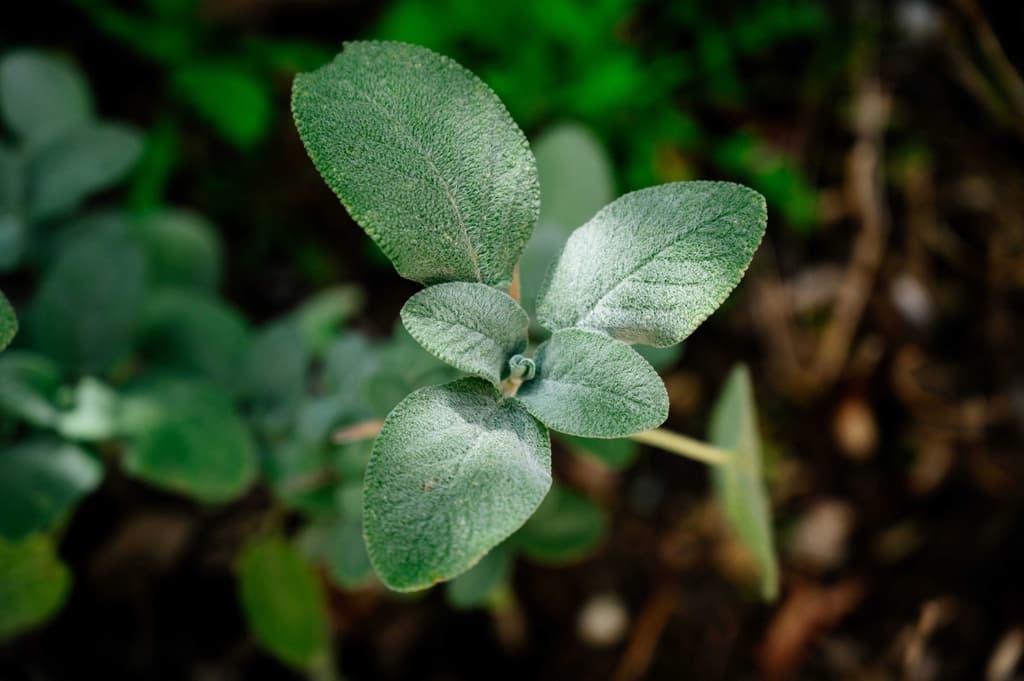
Greek Sage

Cretan Oregano or Cretan Marjoram
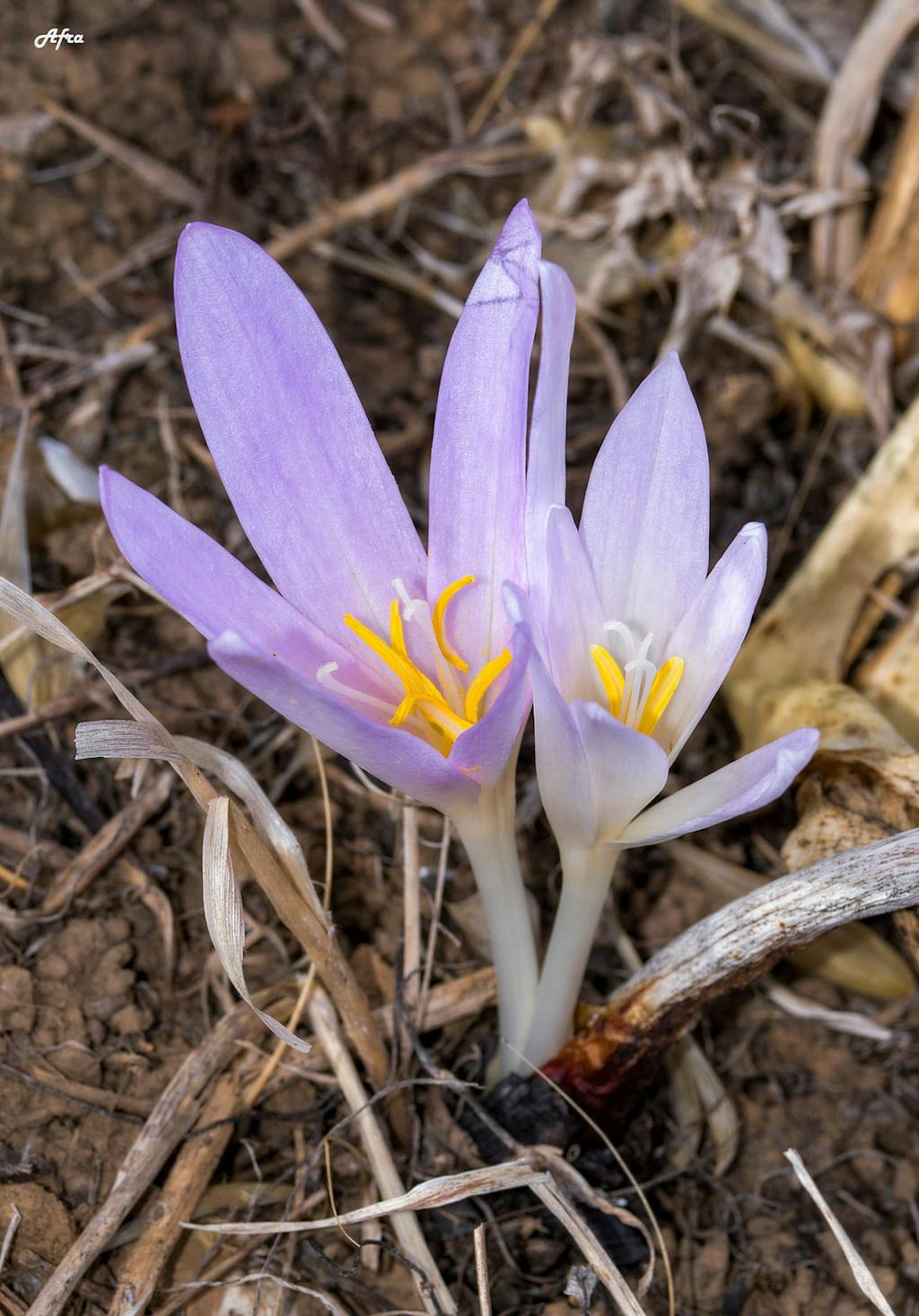
Colchicum Balansae - Balansa Colchico
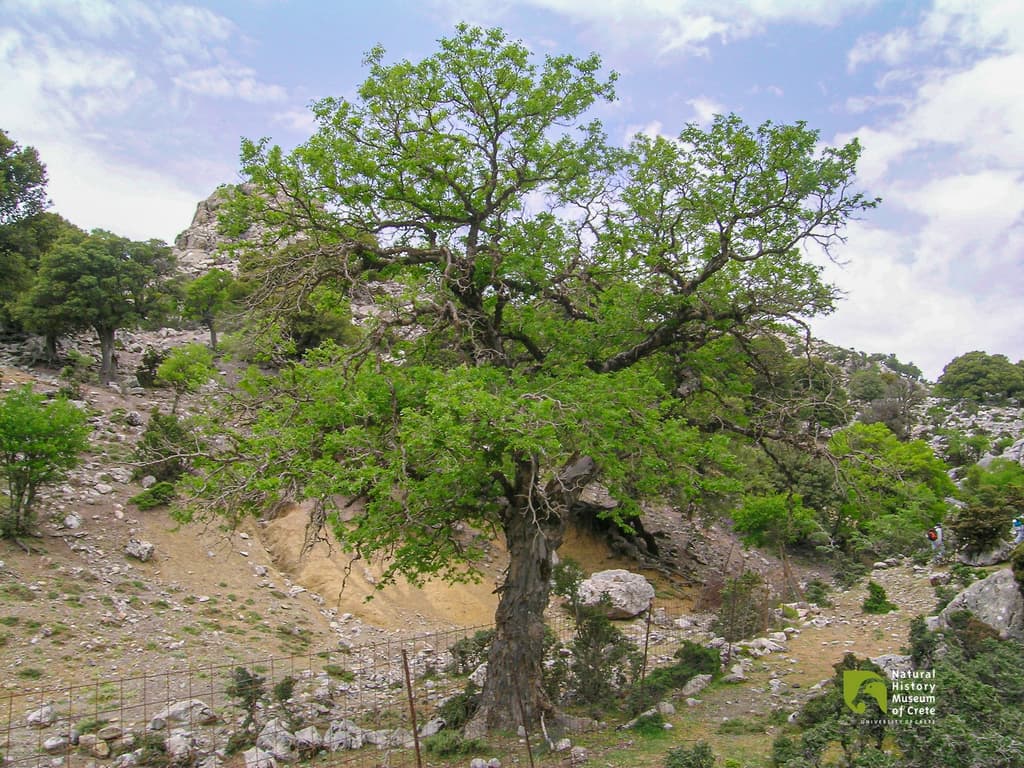
Cretan Zelkova
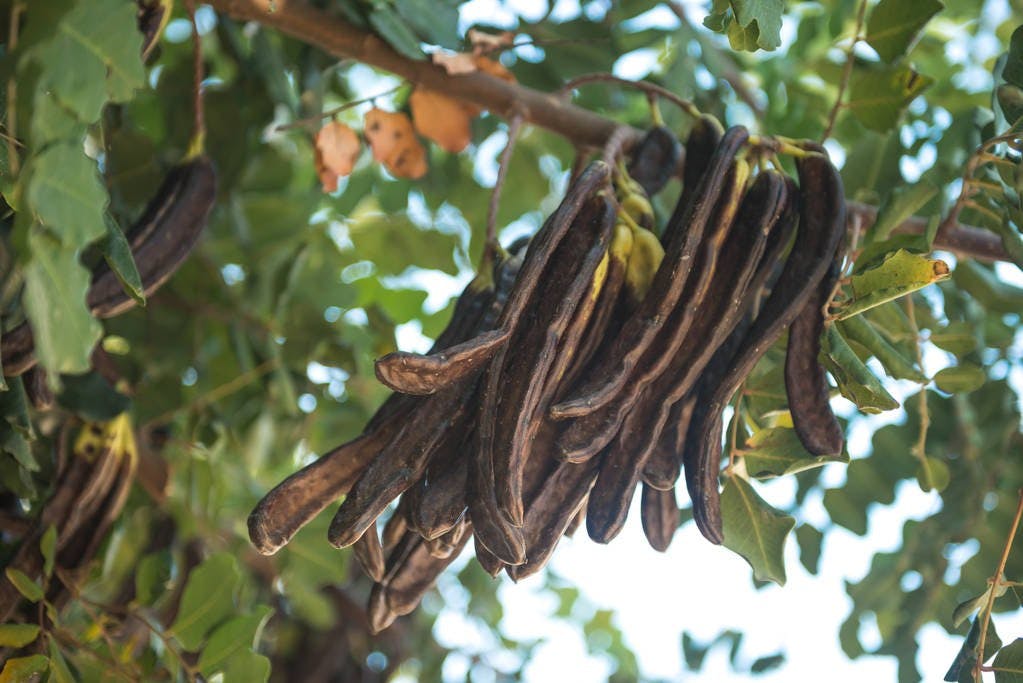
Carob Tree (Ceratonia Siliqua)
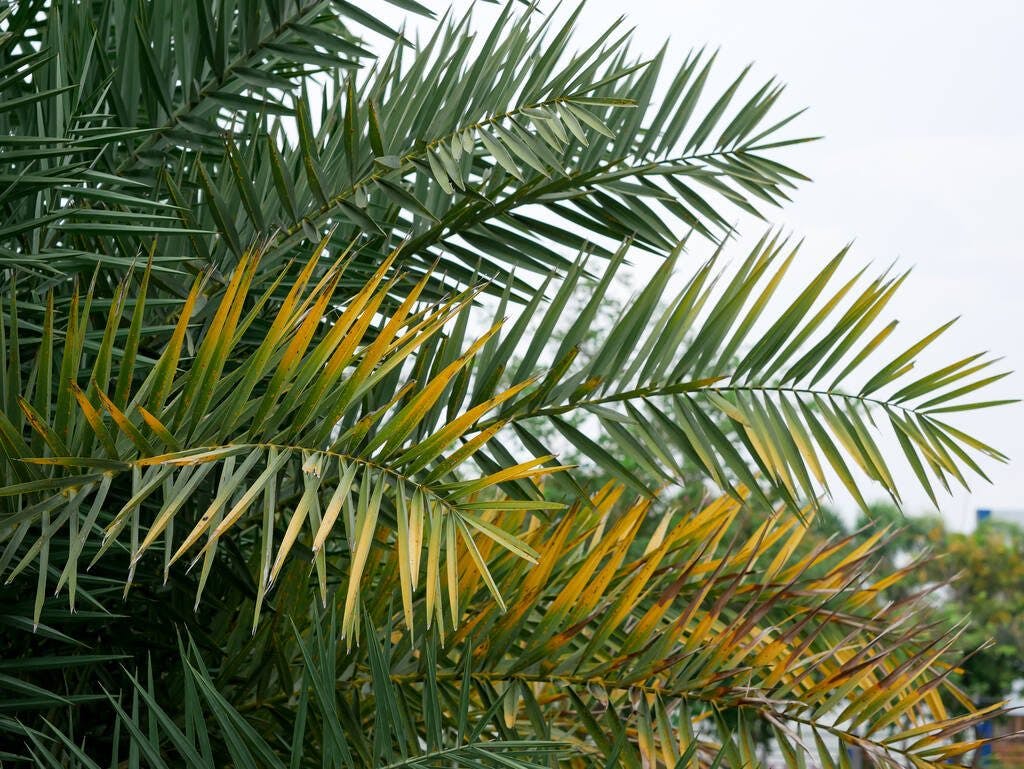
The Cretan Date Palm
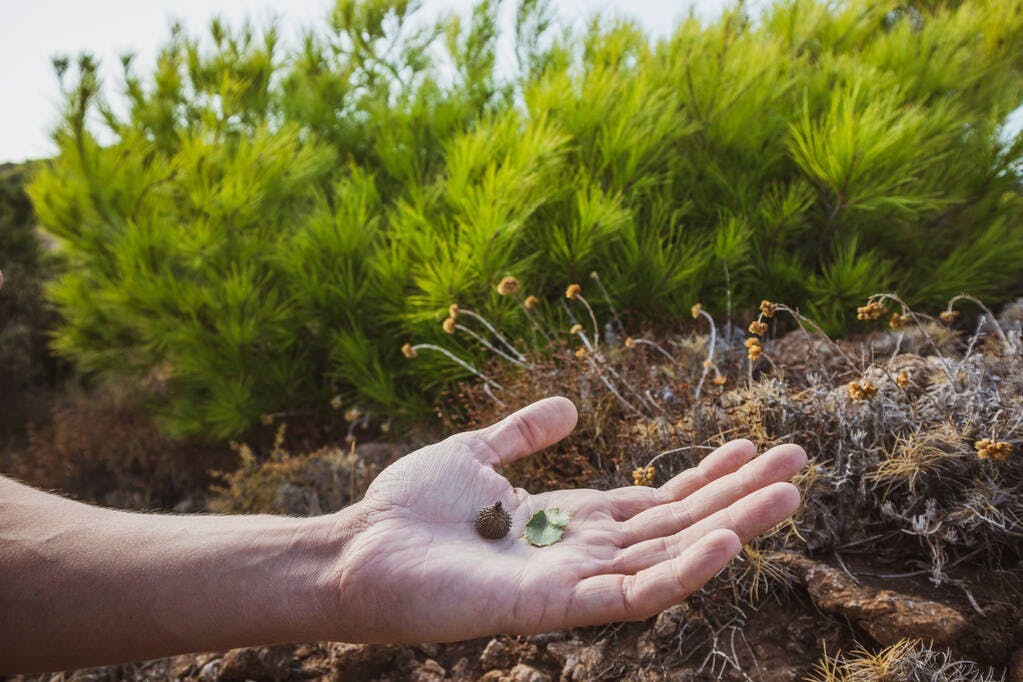
Kermes Oak (Quercus Coccifera)
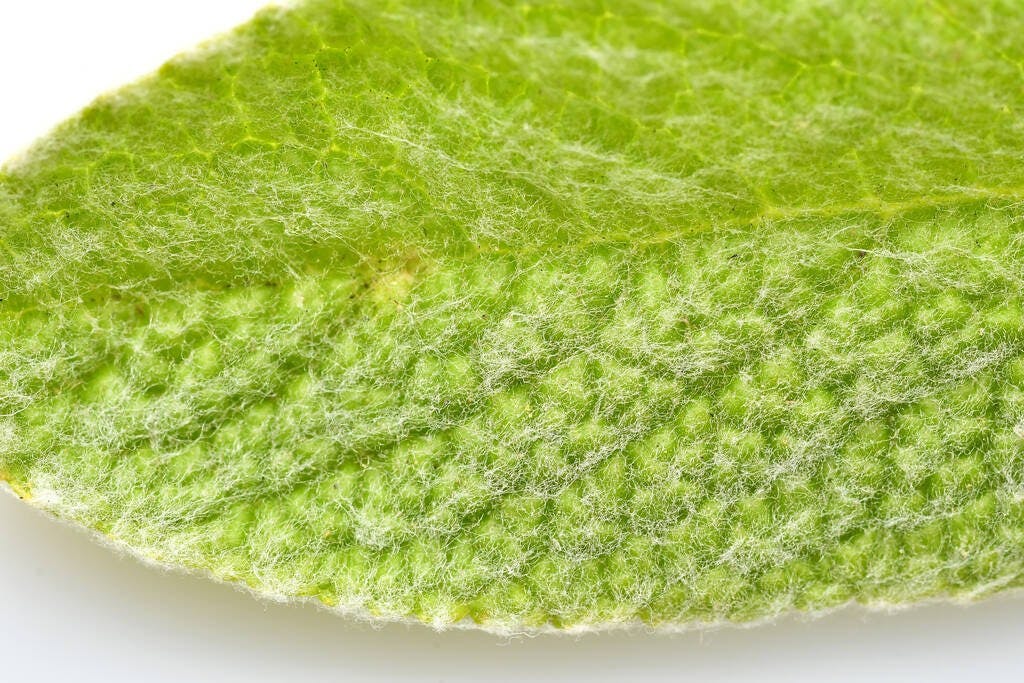
Ironwort
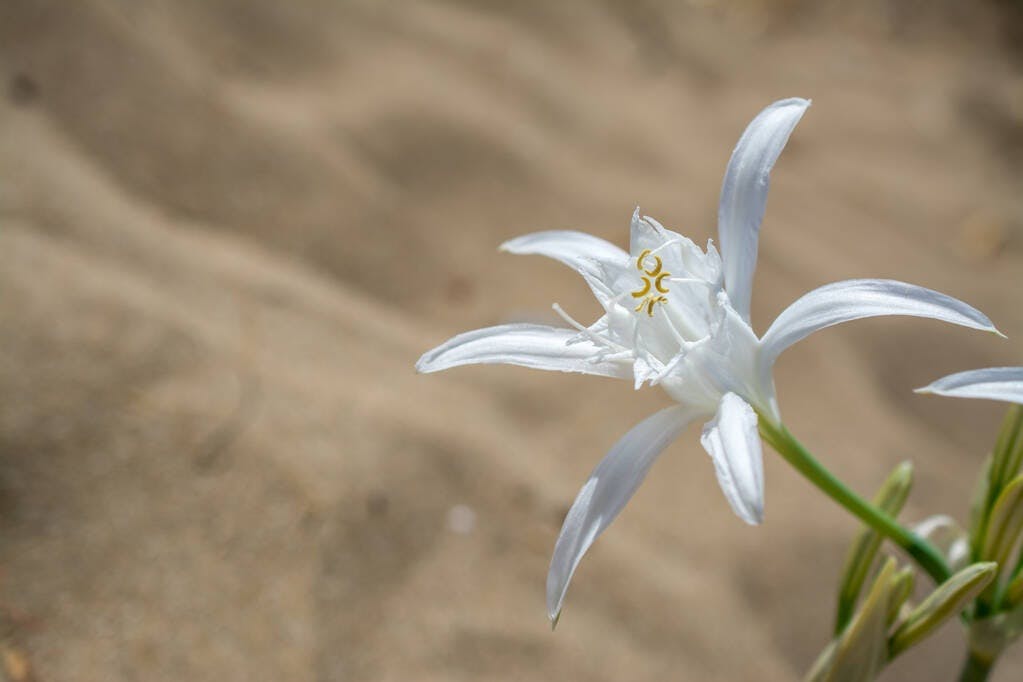
Sand Lily, Sea Lily (Pancratium Maritimum)
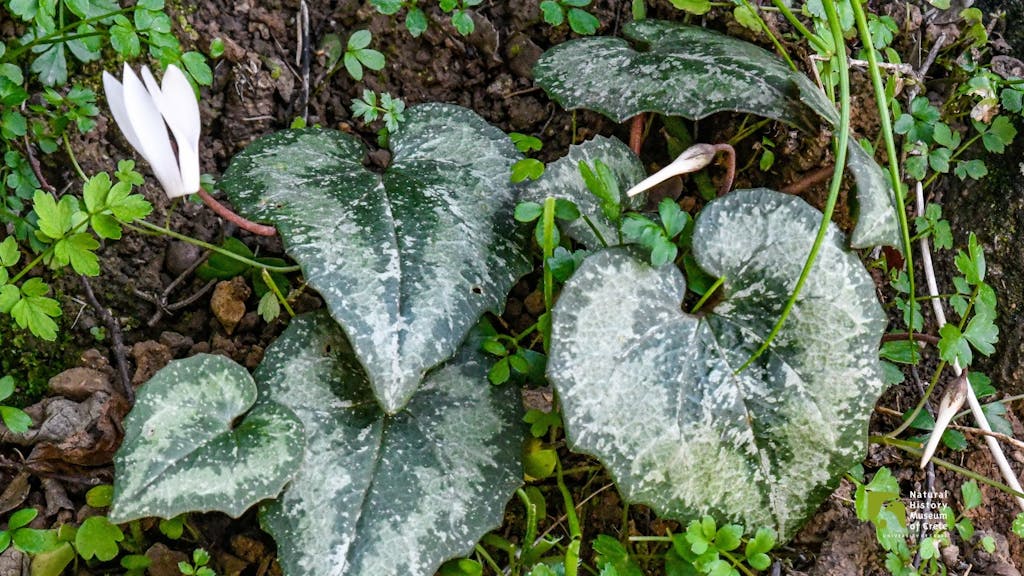
Cretan Cyclamen
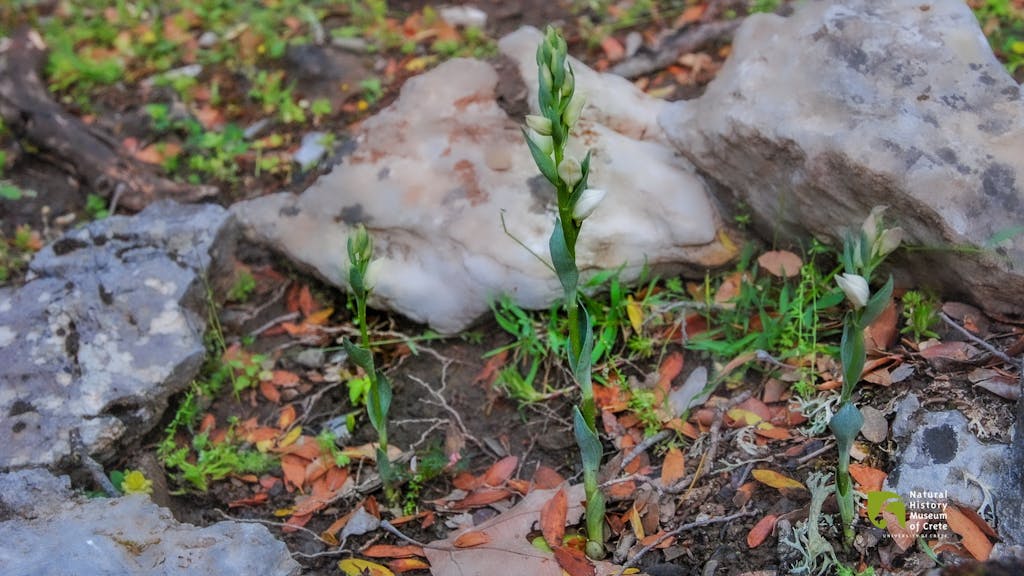
The Cretan Cephalanthera

Dittany
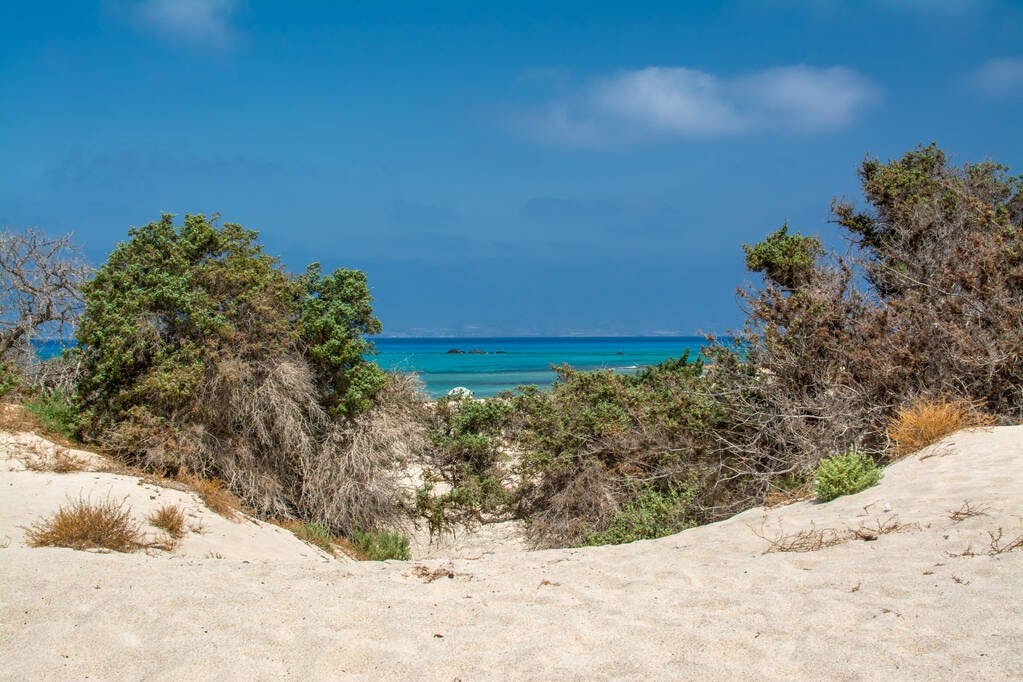
Phoenician Juniper and Large-Fruited Juniper
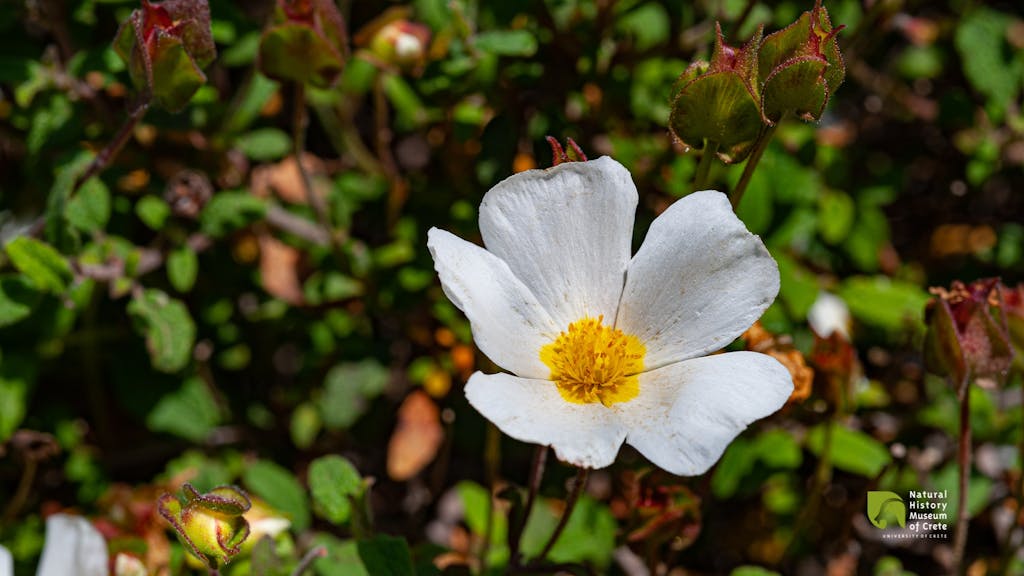
Gallipoli Rose
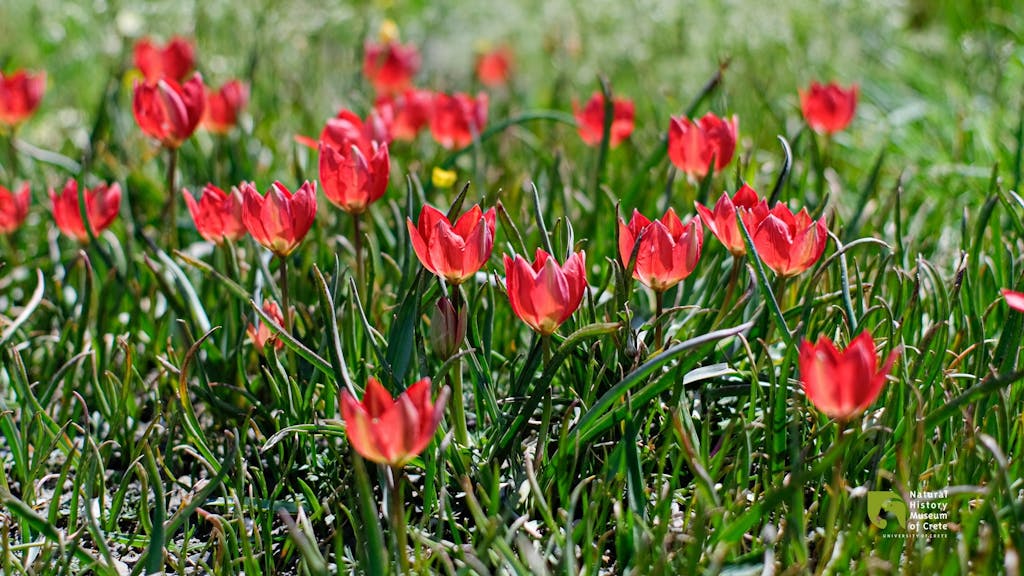
Lilac Wonder (Tulipa doerfleri)
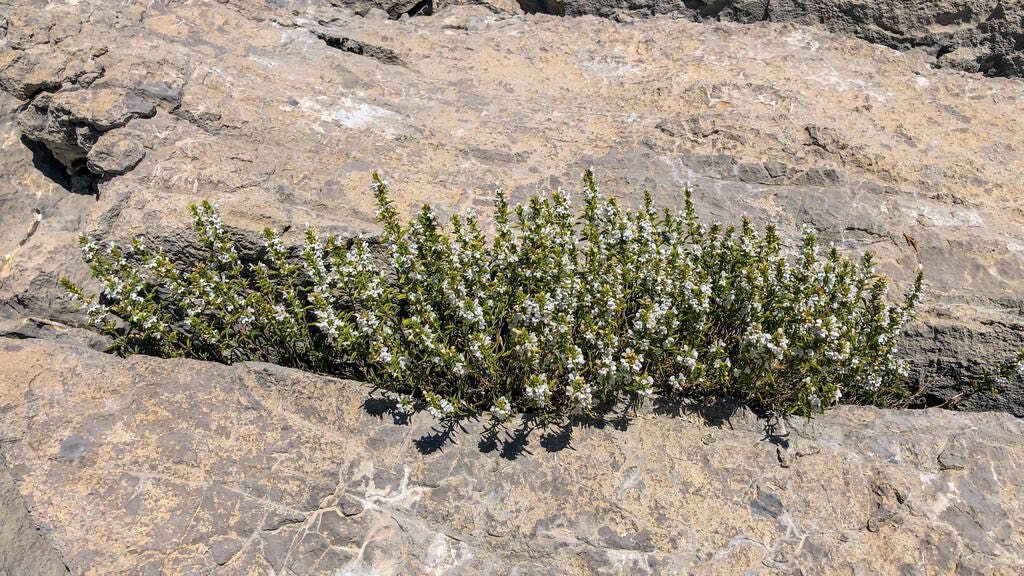
Thyme
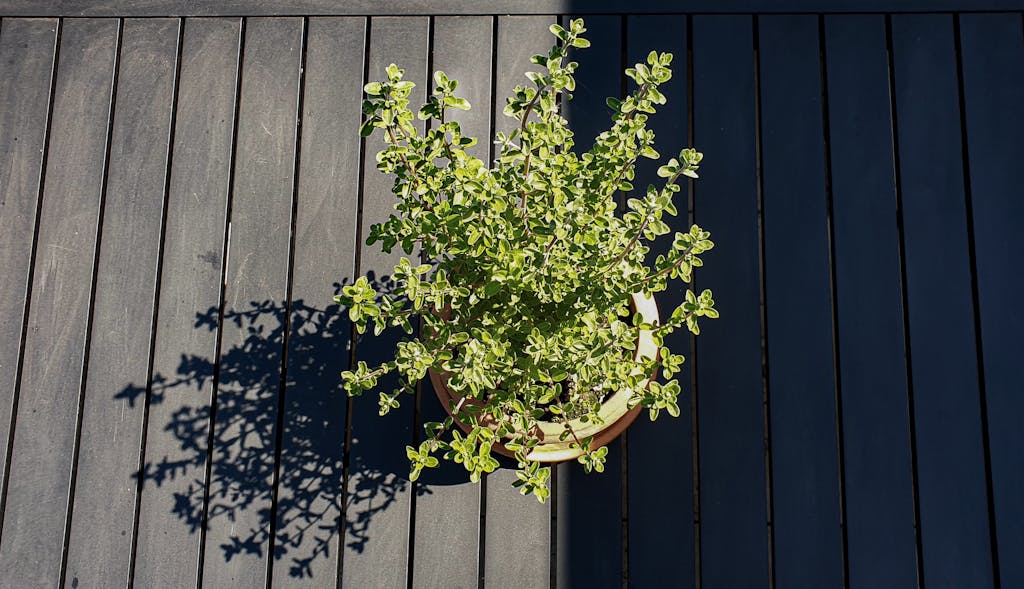
Oregano
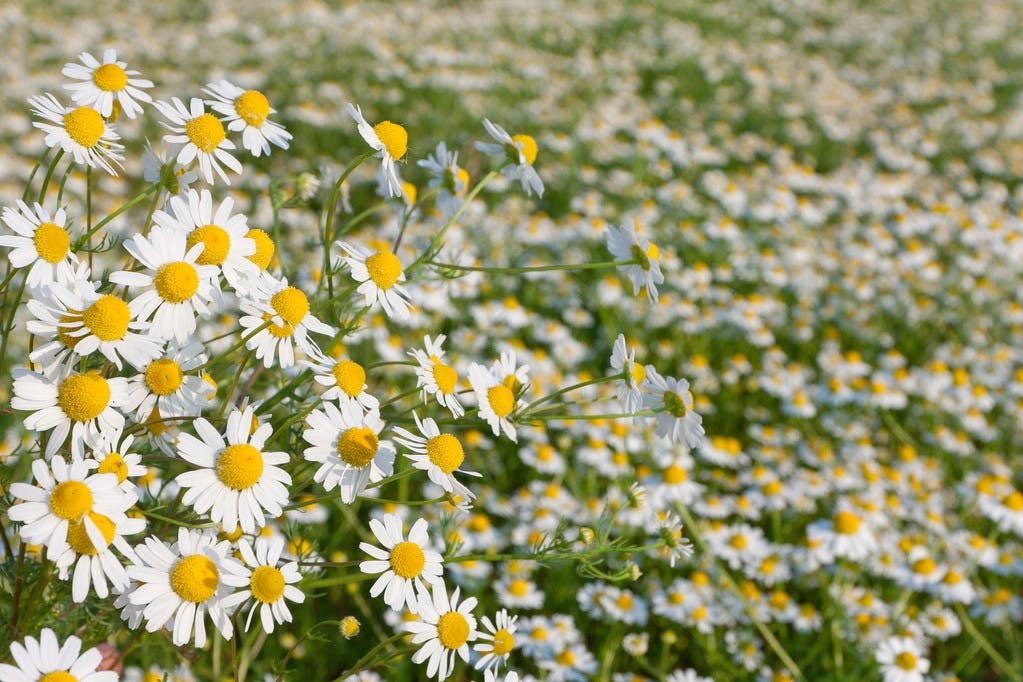
Camomile
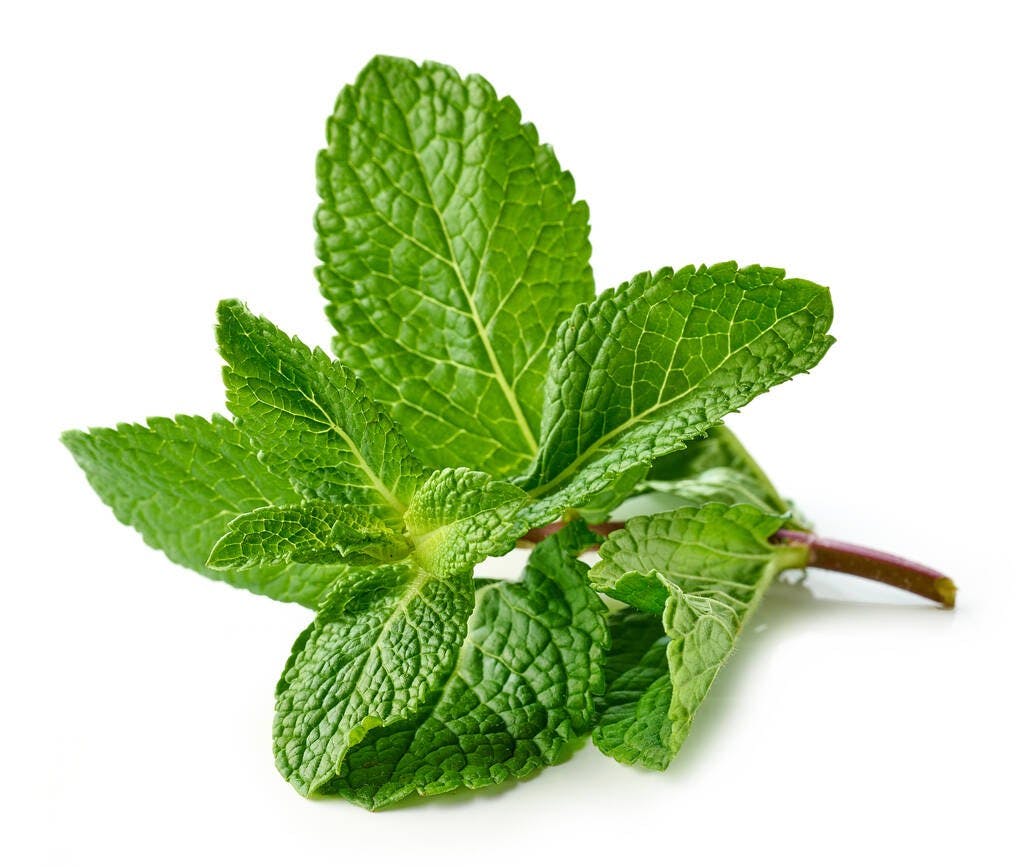
Mint
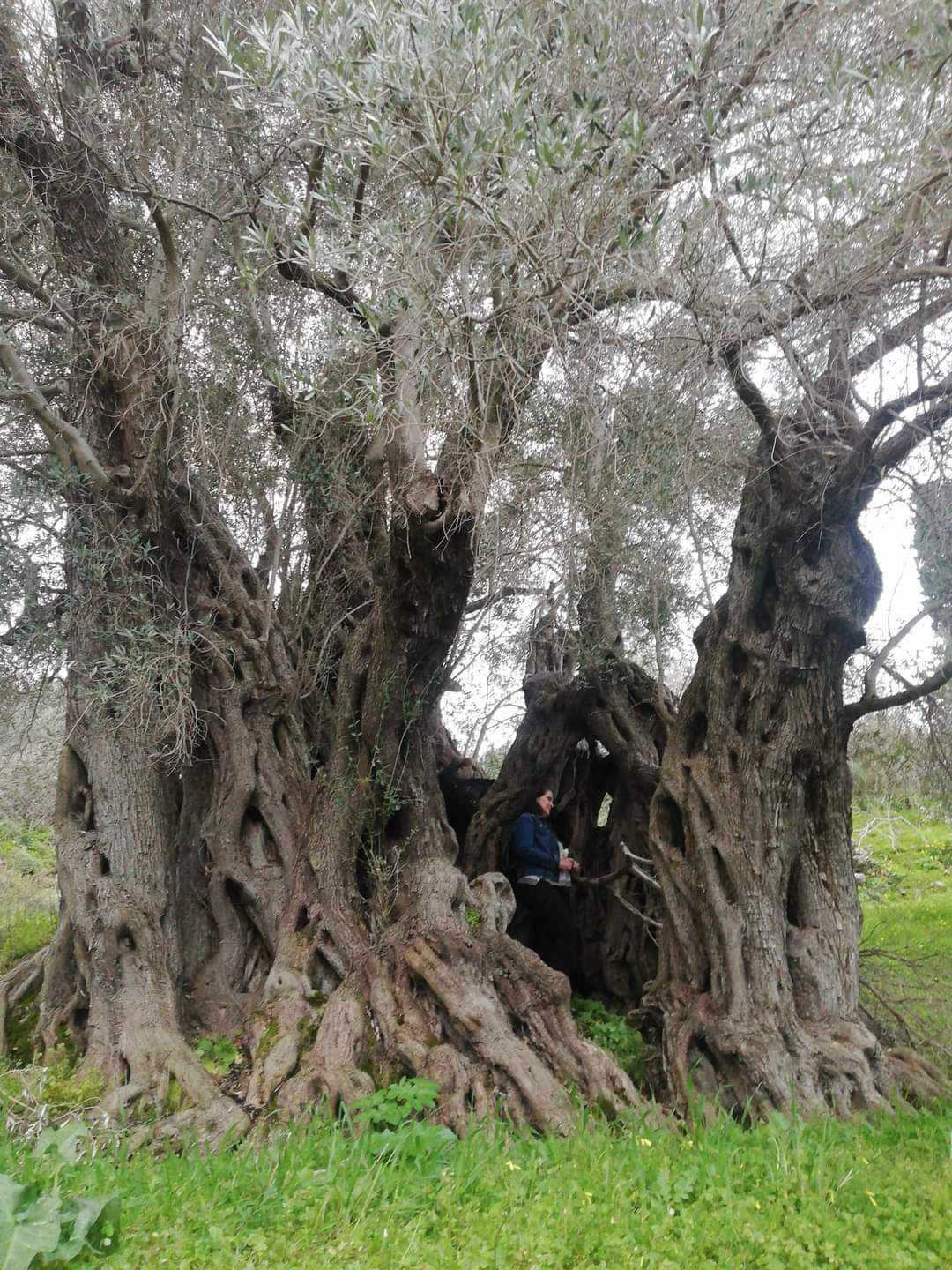
Preserving the Heritage: Ancient Olive Trees of Crete
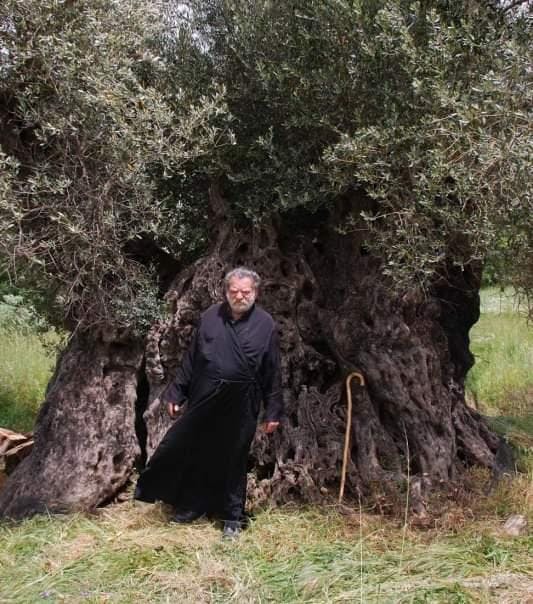
The Ancient Olive Tree of Vrysses, Amari
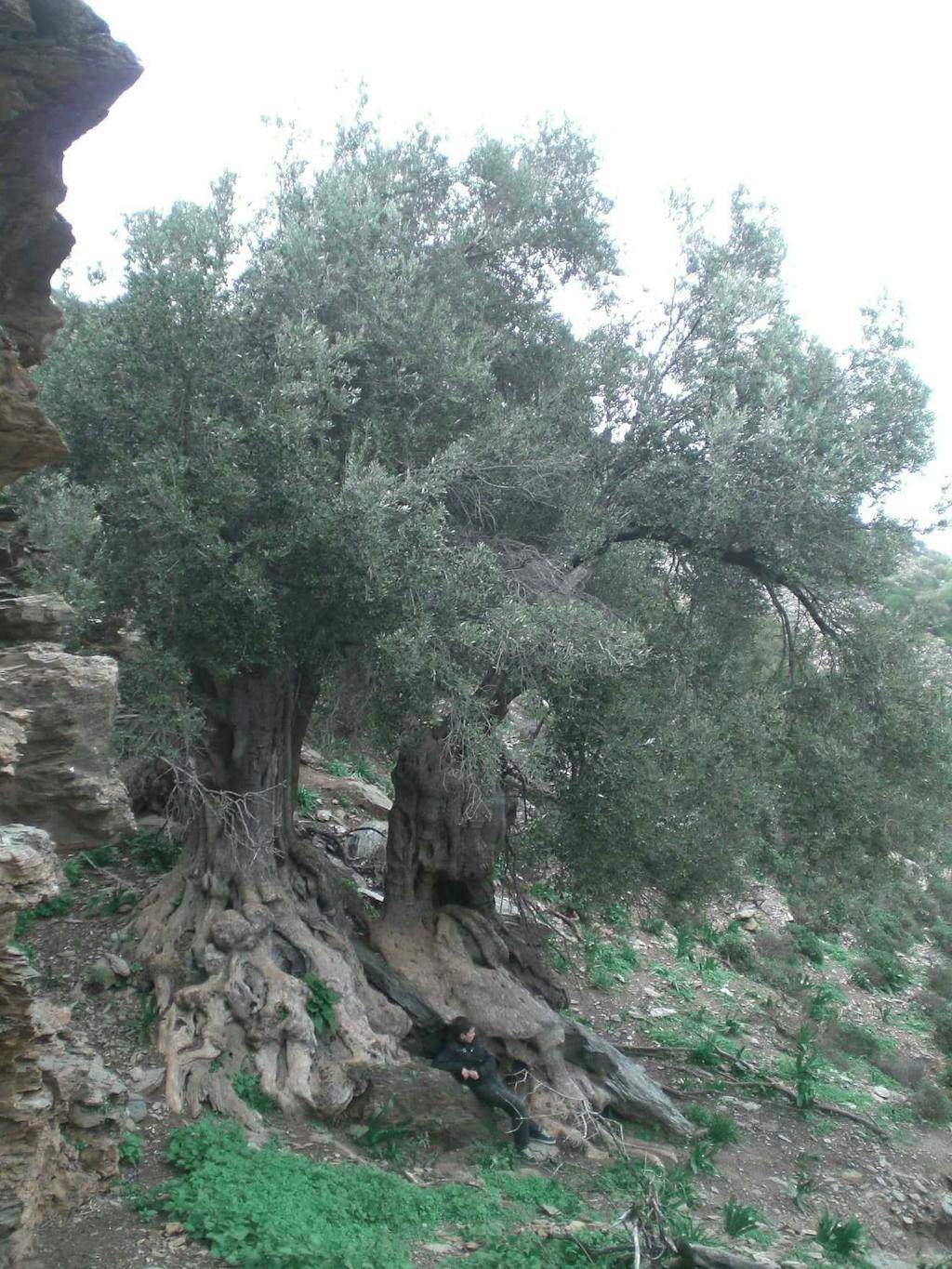
Bali's Ancient Olive Tree: Documented in Preservation Efforts
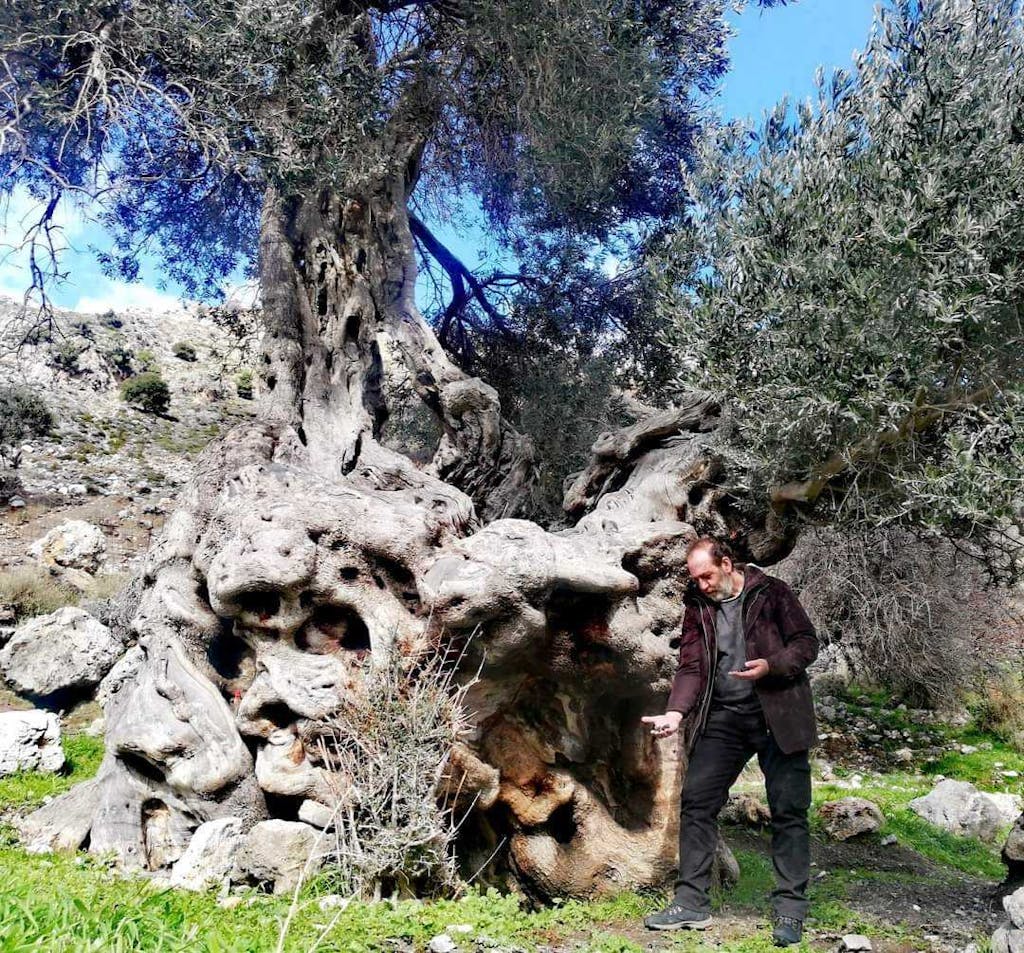
Gra Elia (The Old Olive Tree)
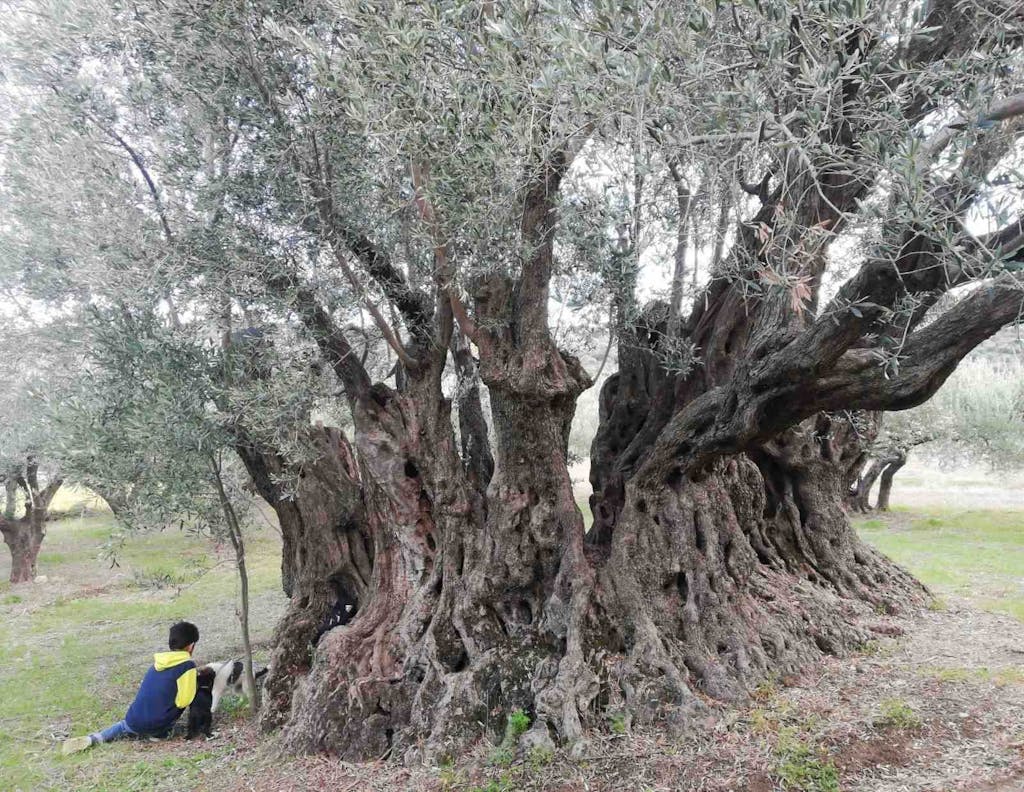
The Ancient Olive Tree of Kato Asites: Host to the 1st Olive Festival
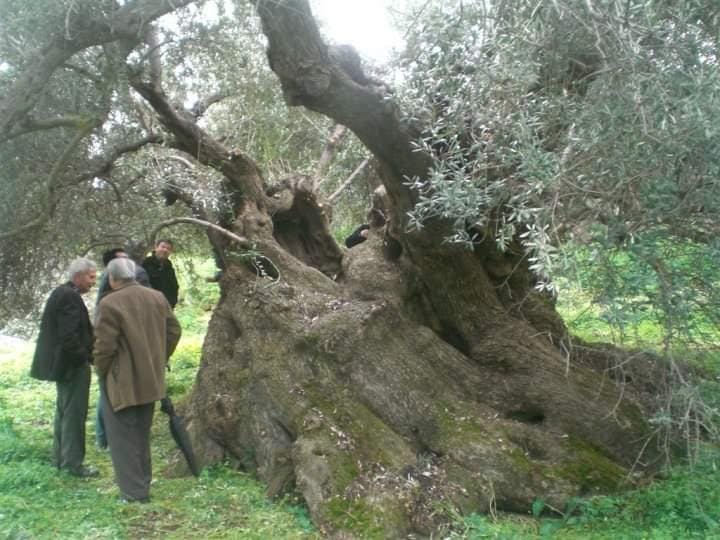
Sitia's Ancient Olive Tree: A Record of Preservation Initiatives
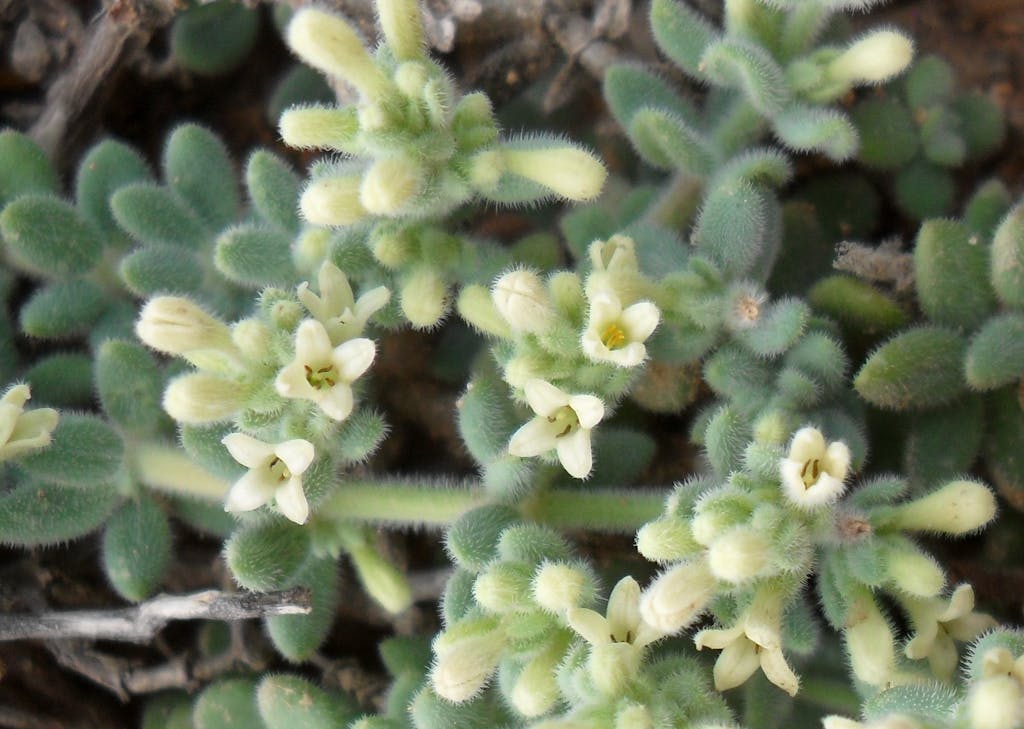
Asperula Crassula
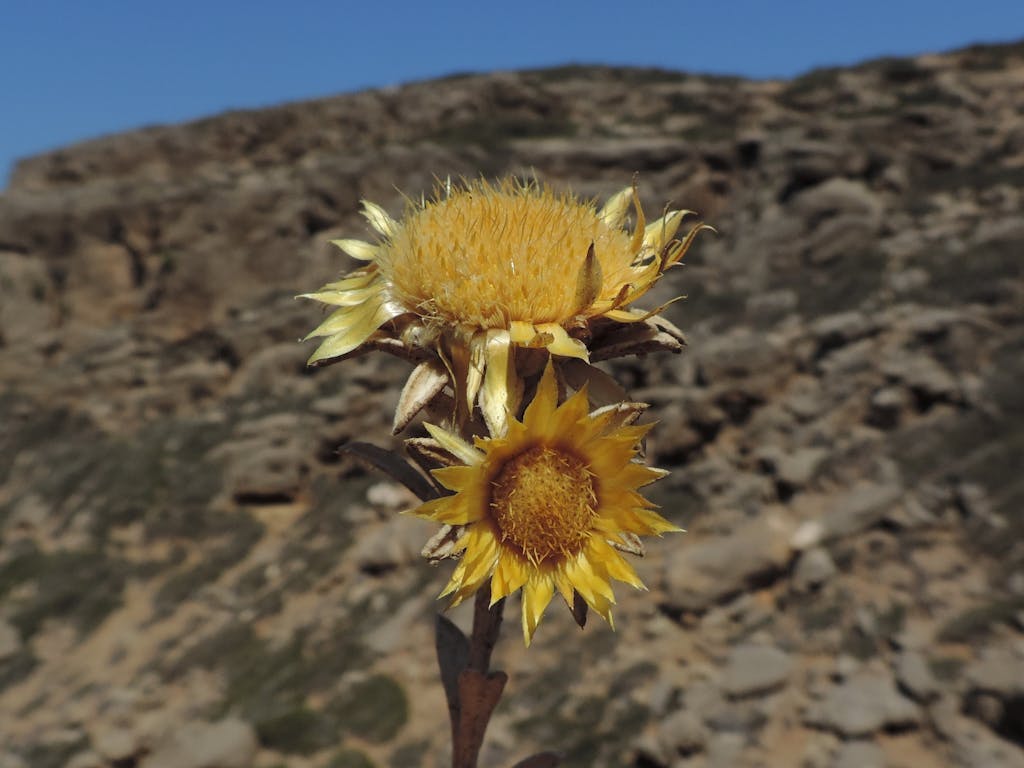
Carlina diae, Carlina of Dia
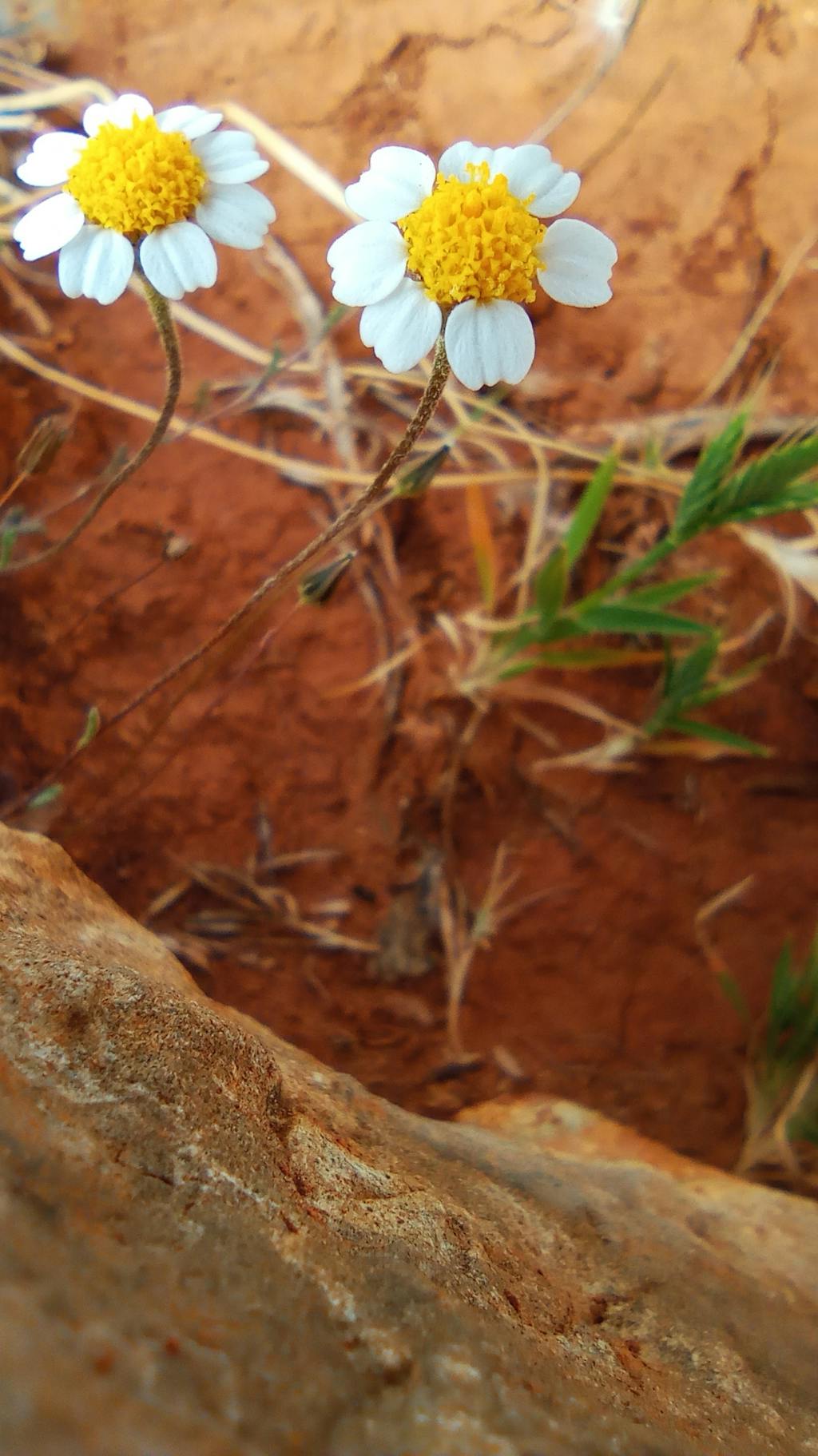
Anthemis Filicaulis, Slender-stemmed Chamomile
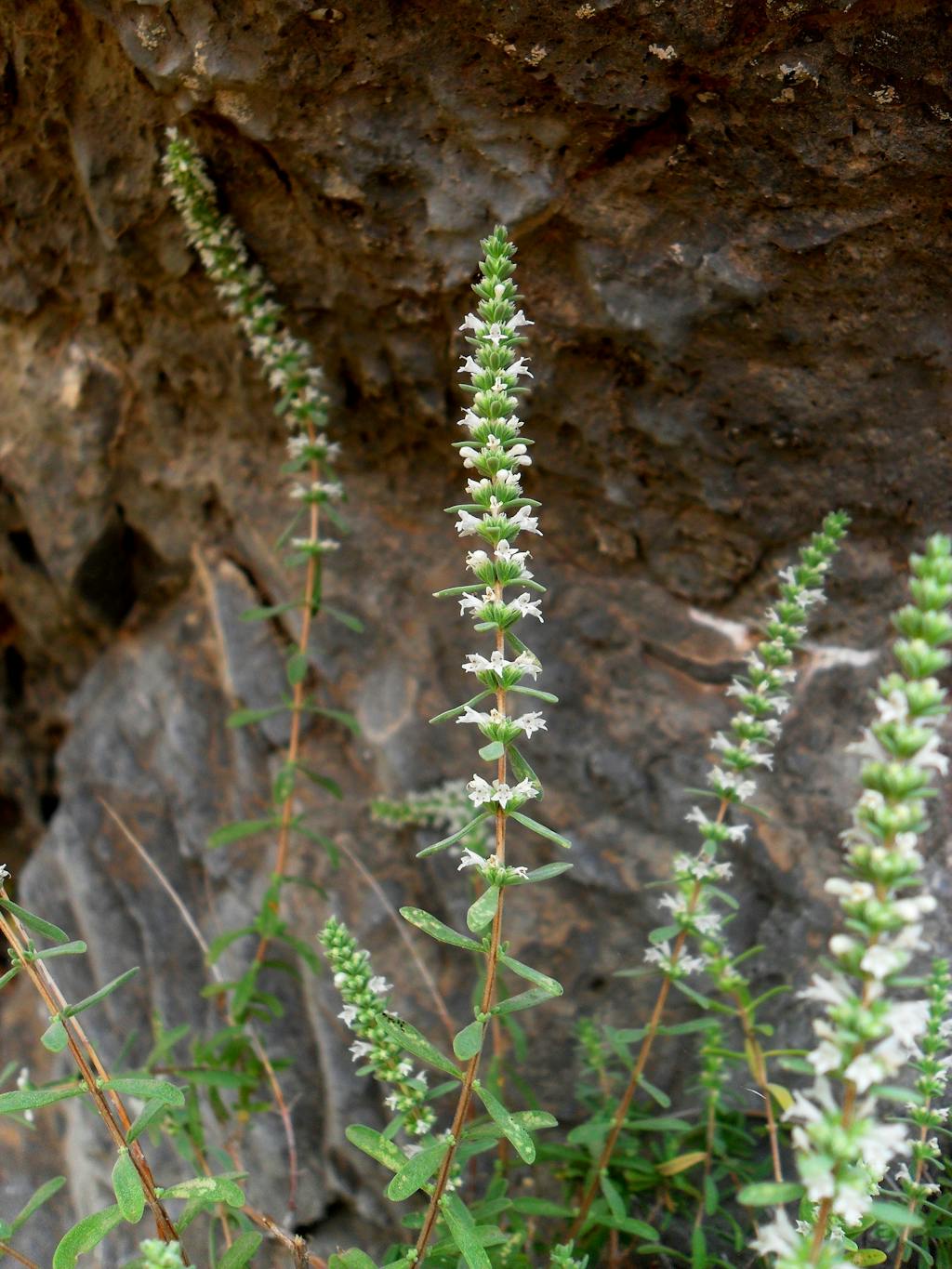
Thymbra Calostachya
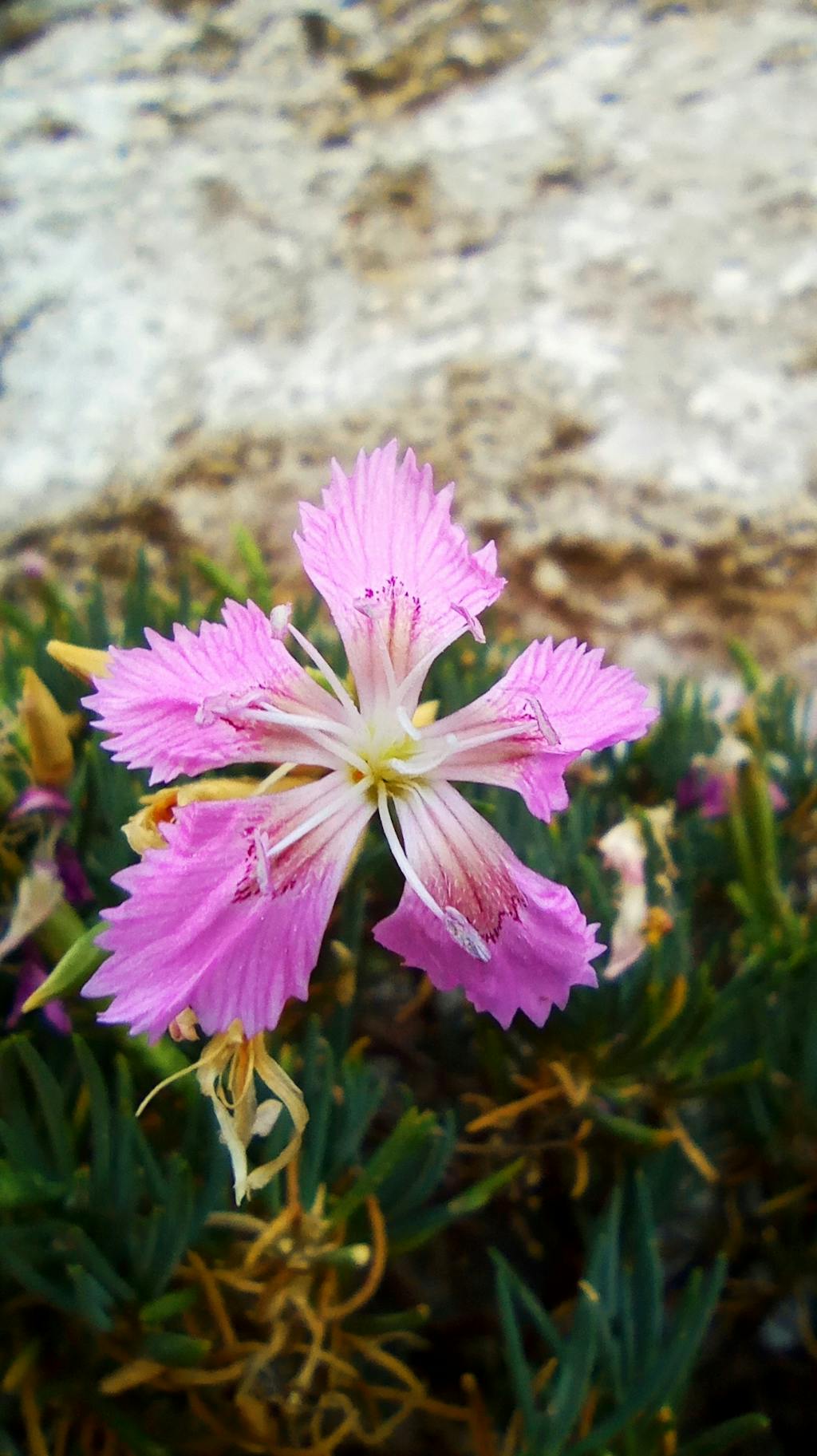
Dianthus Fruticosus Subsp. Sitiacus
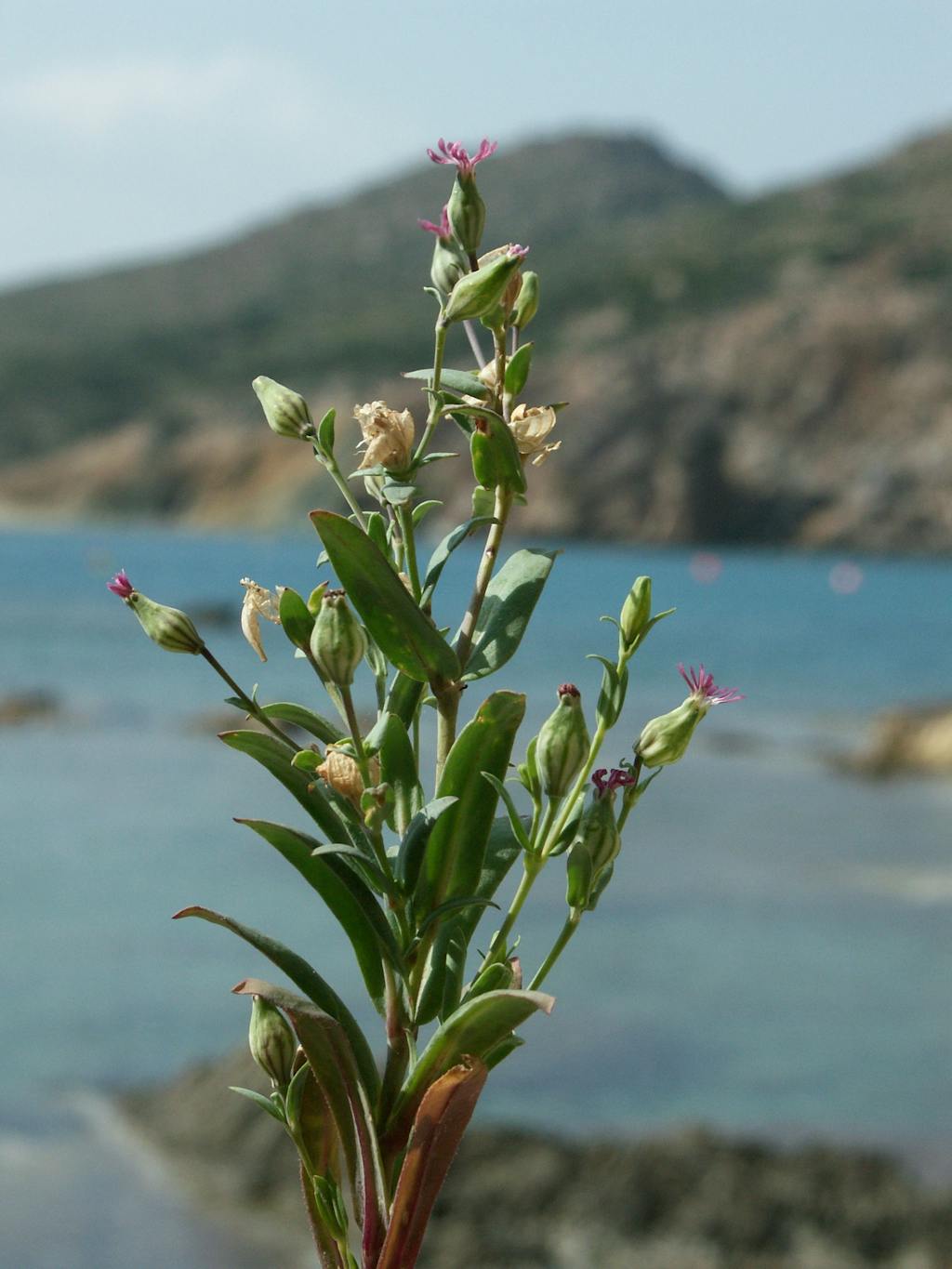
Silene Holzmannii
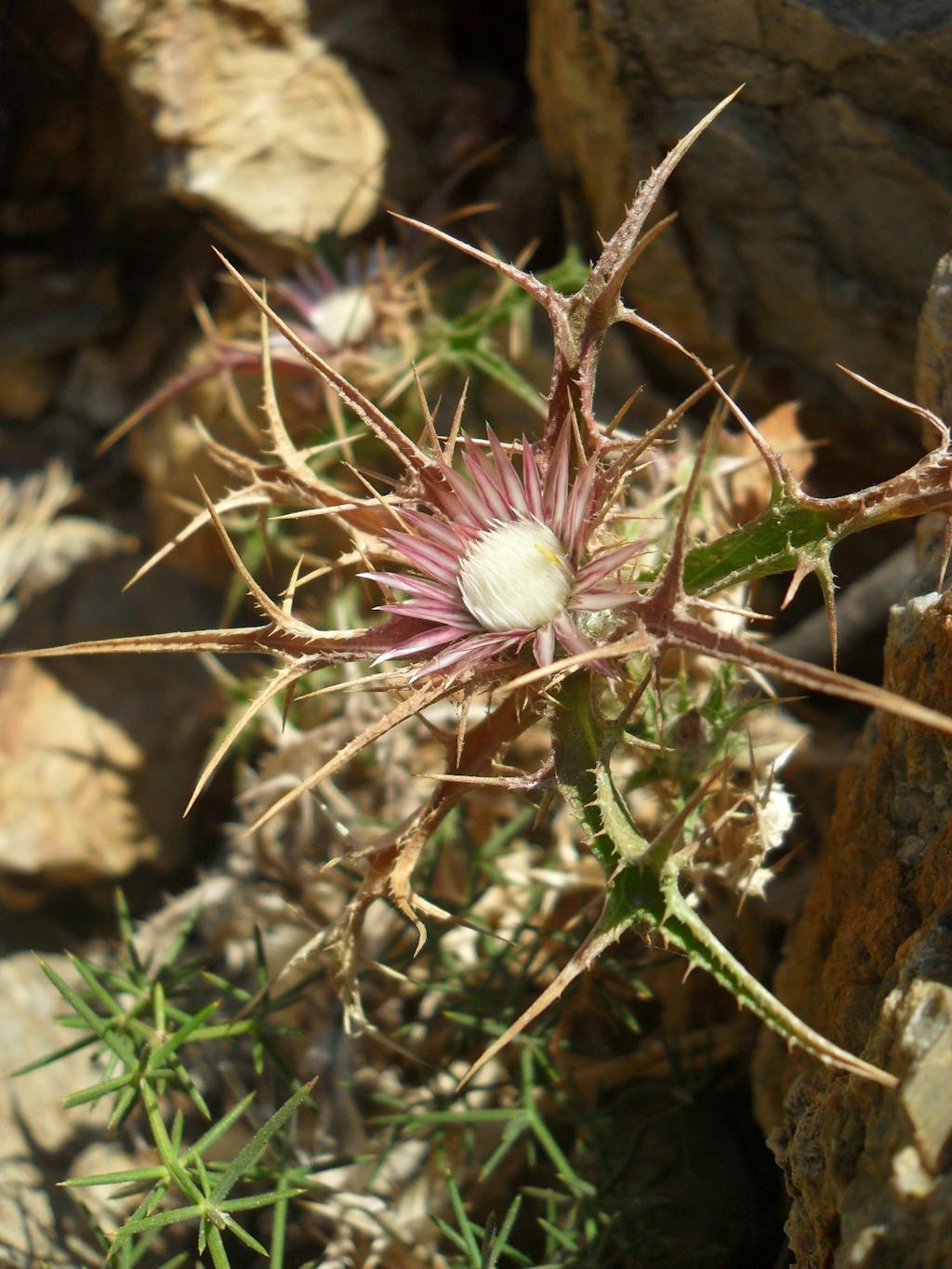
Carlina Sitiensis
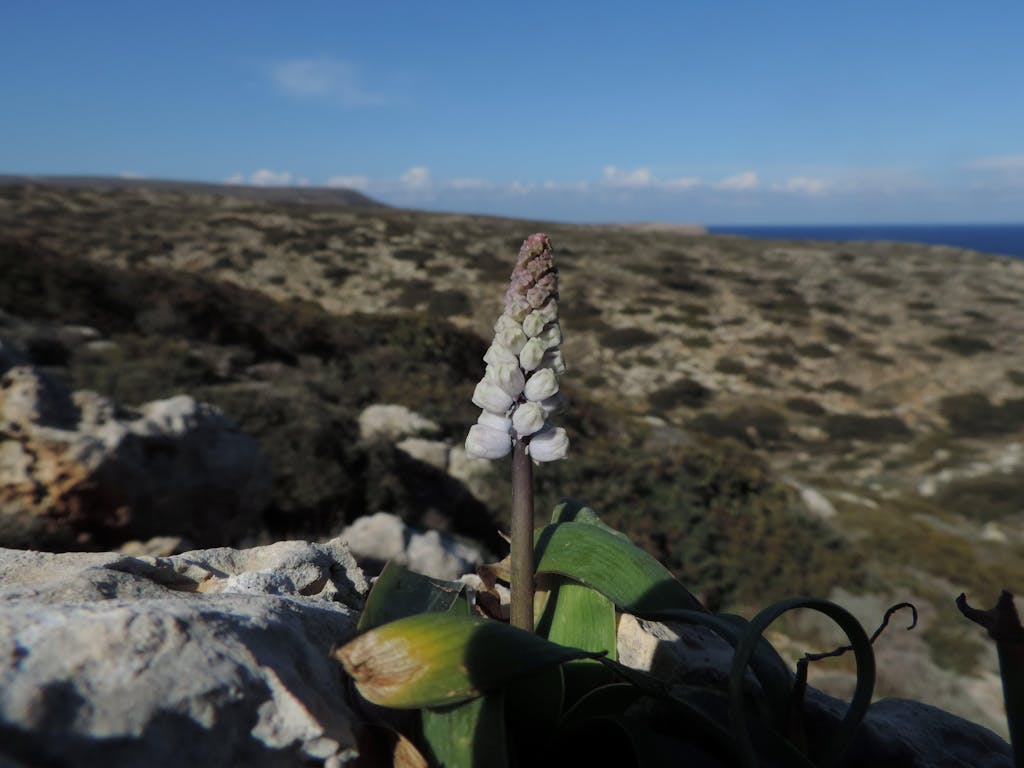
Bellevalia Sitiaca
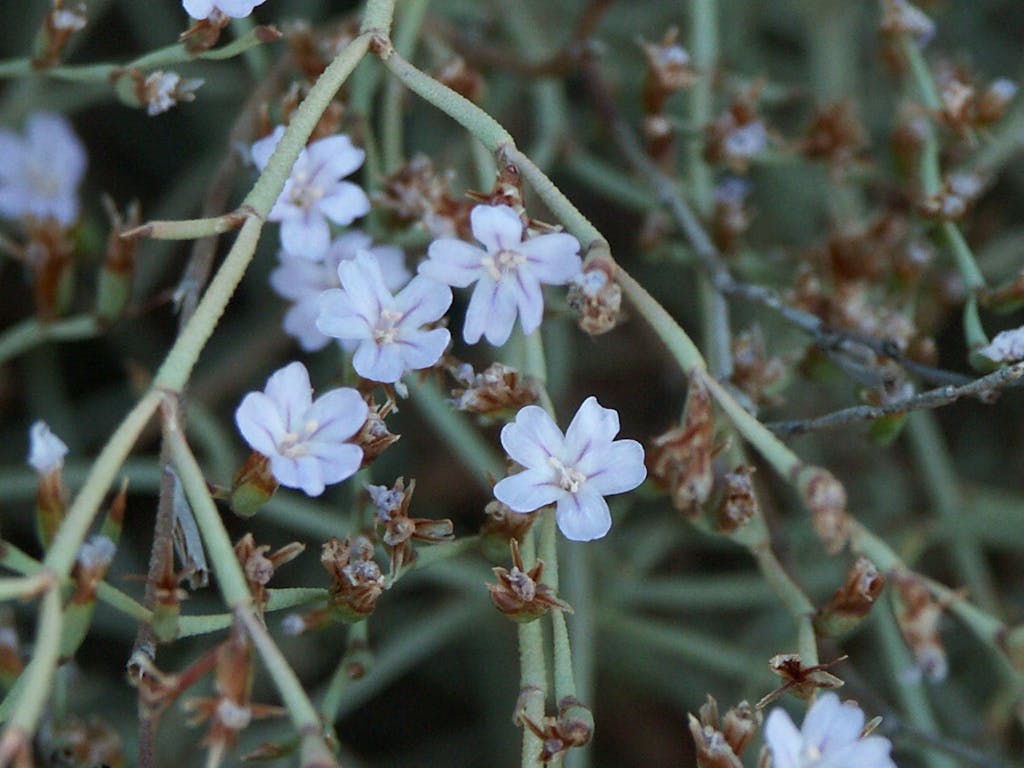
Limonium Sitiacum
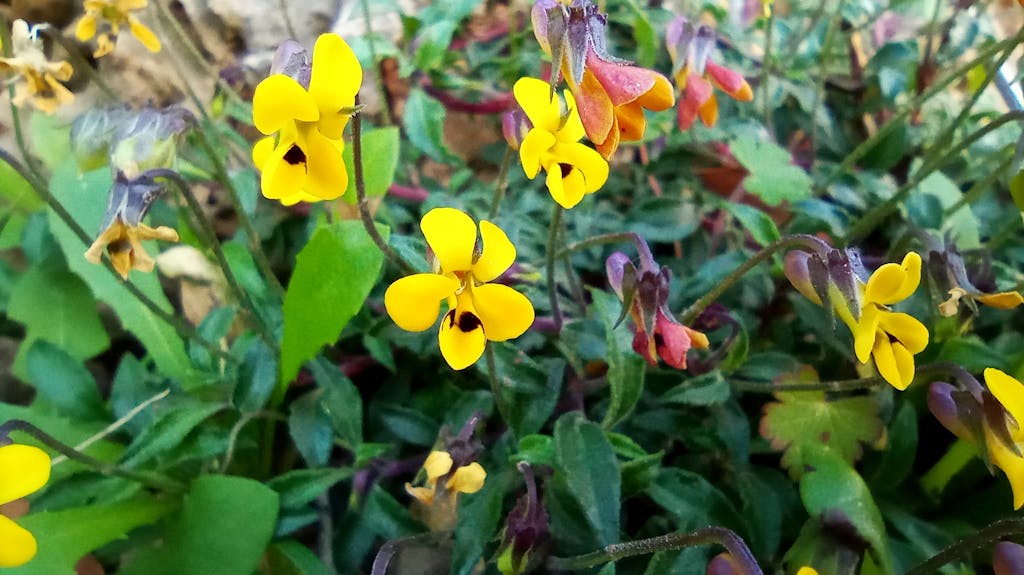
Viola Scorpiuroides
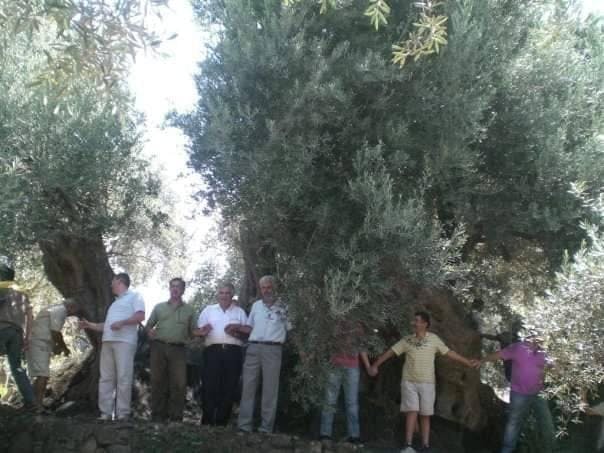
The Ancient Olive Tree of Kakodiki
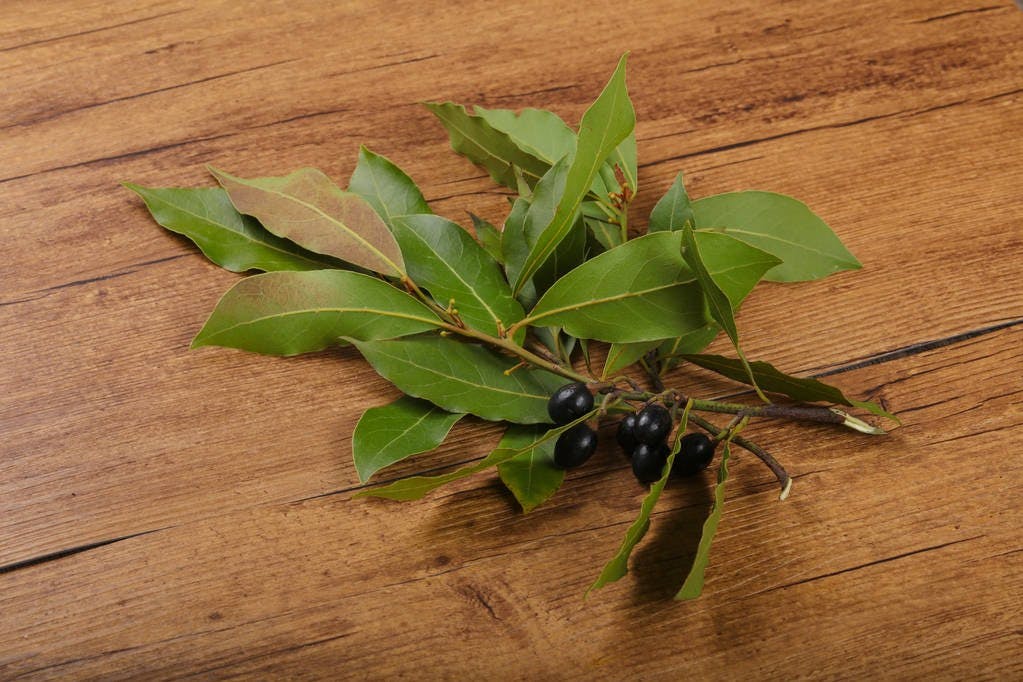
Laurel
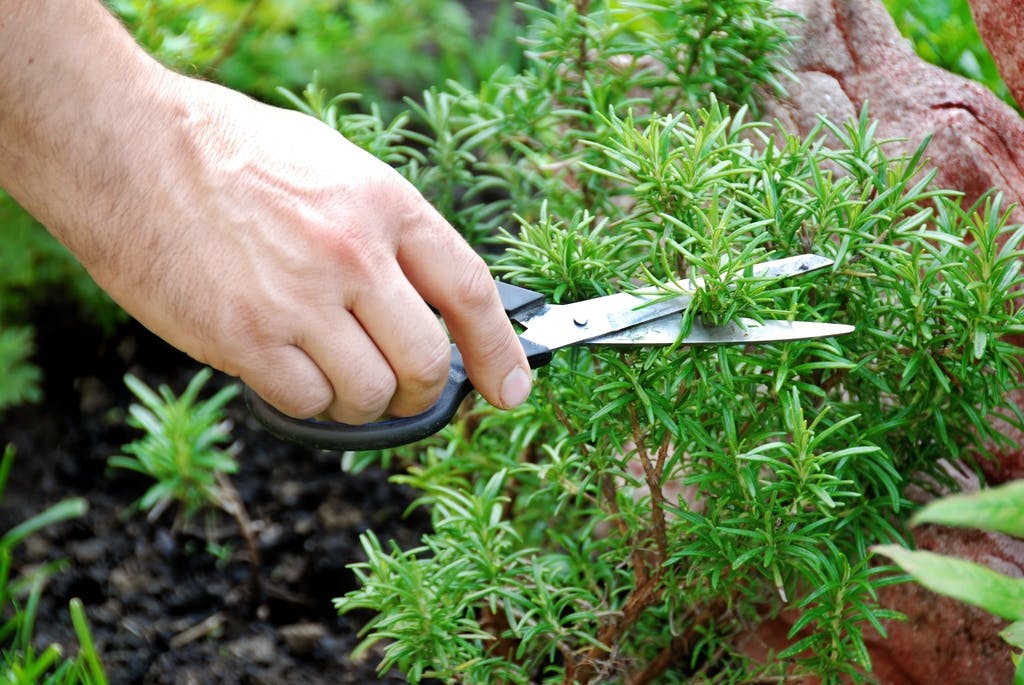
Rosemary

Common Basil
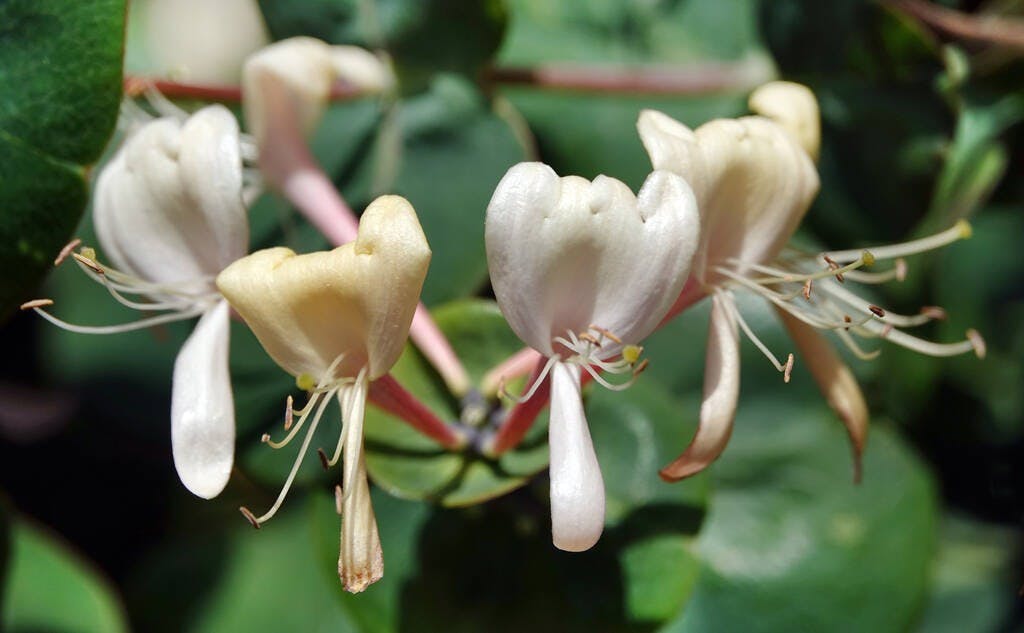
Honeysuckle

Oat
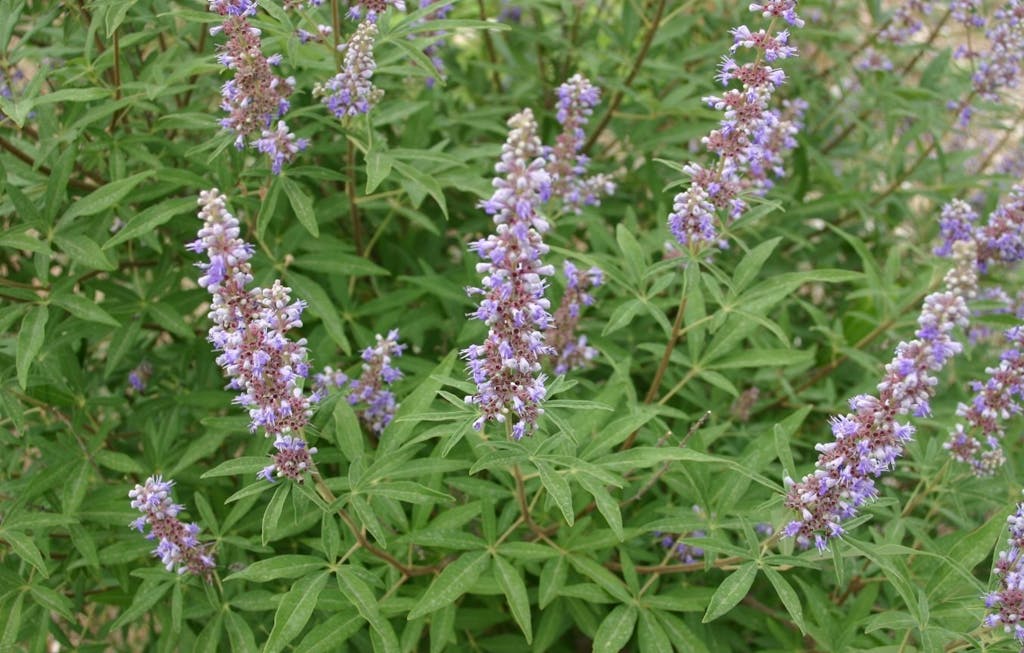
Chaste tree
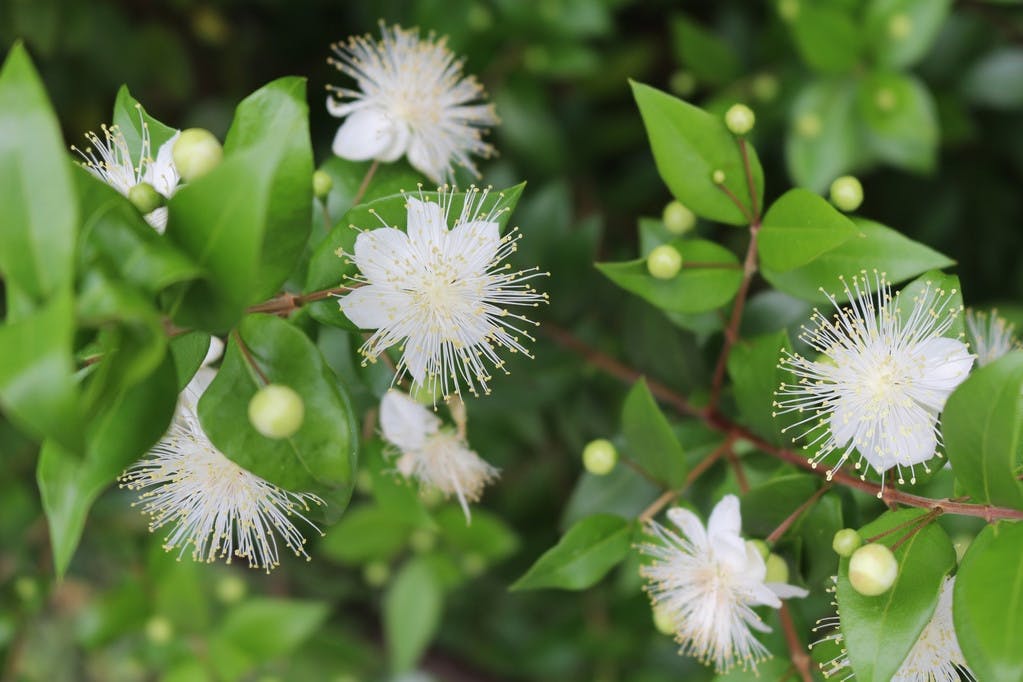
Myrtle
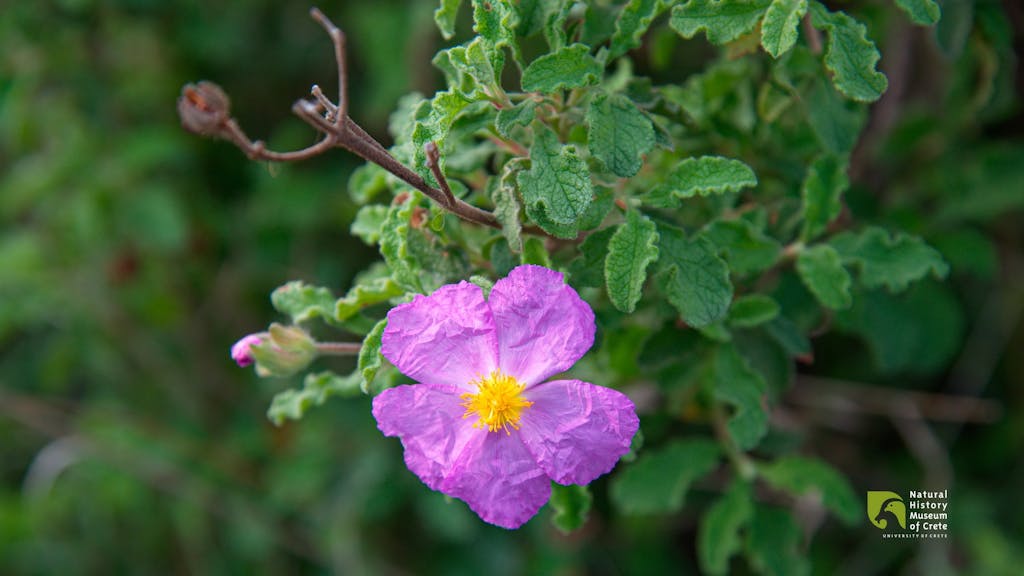
Cretan Rockrose
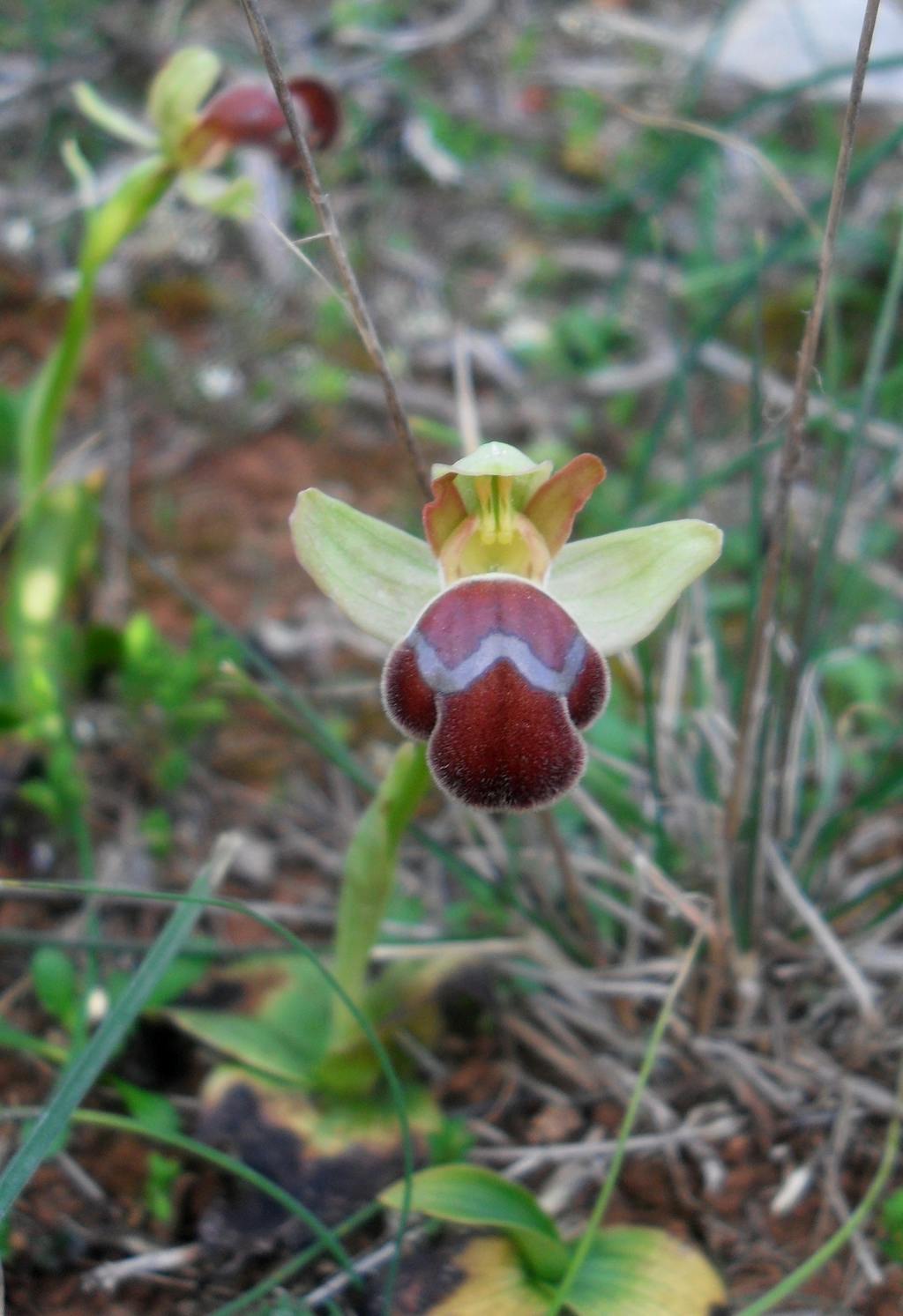
Ophrys Sitiaca
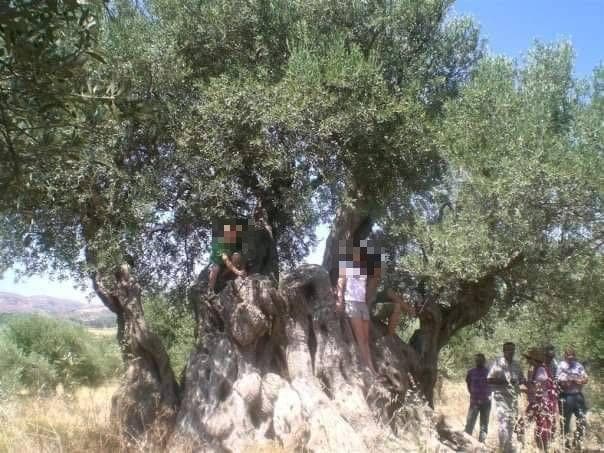
The Ancient Olive Tree of Viannos: Unveiling a Treasured Discovery
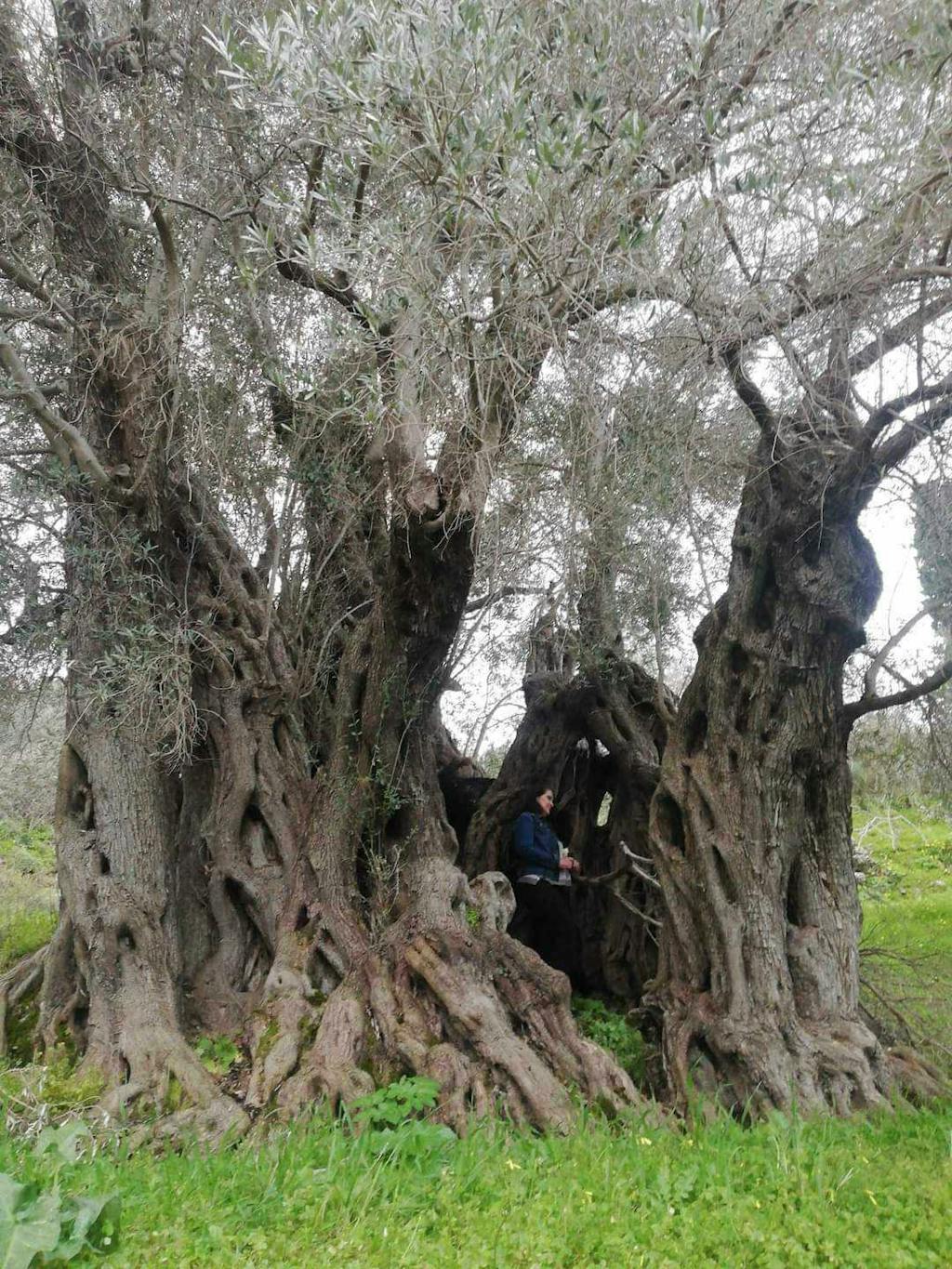
The Ancient Olive Tree of Fourfouras
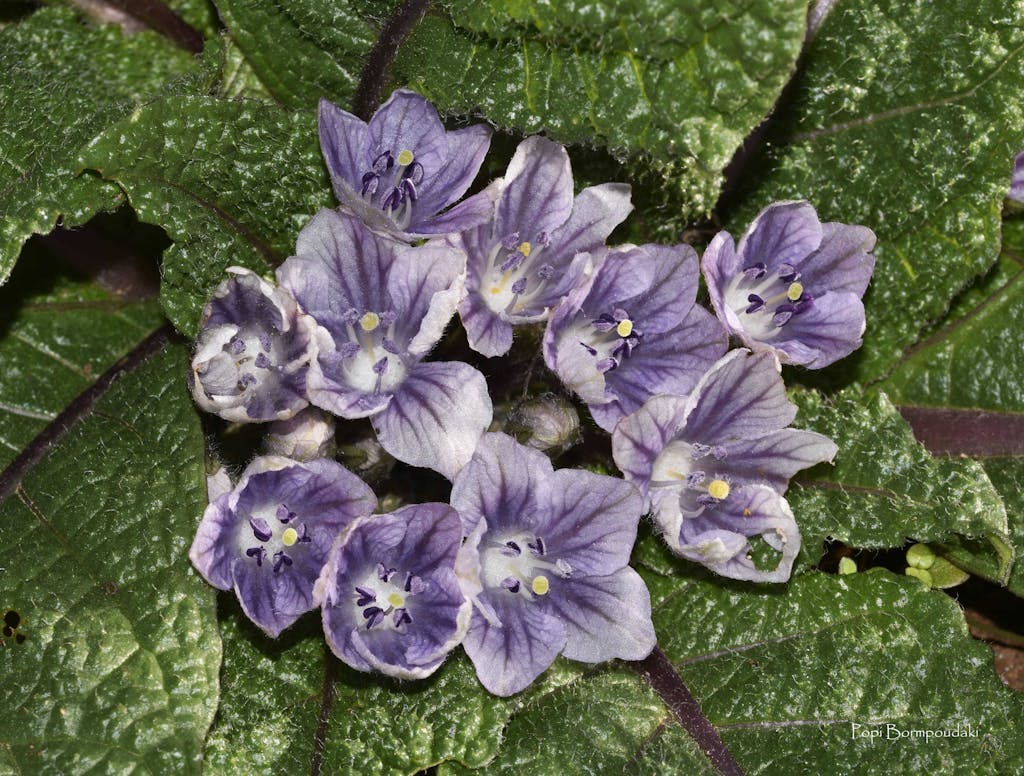
Mandrake
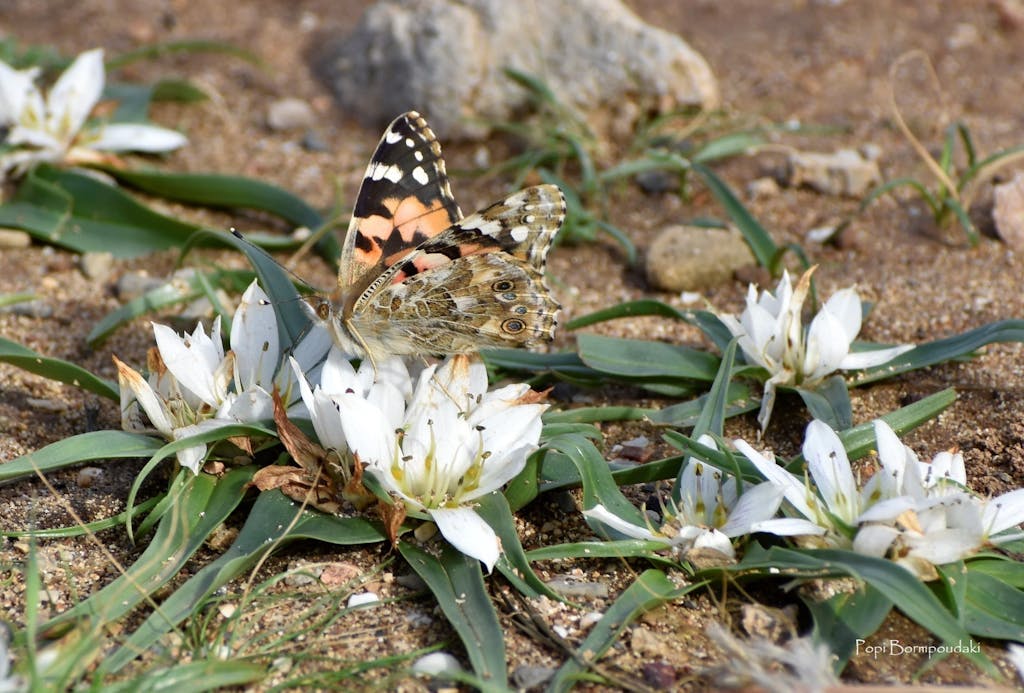
Androcymbium Rechingeri
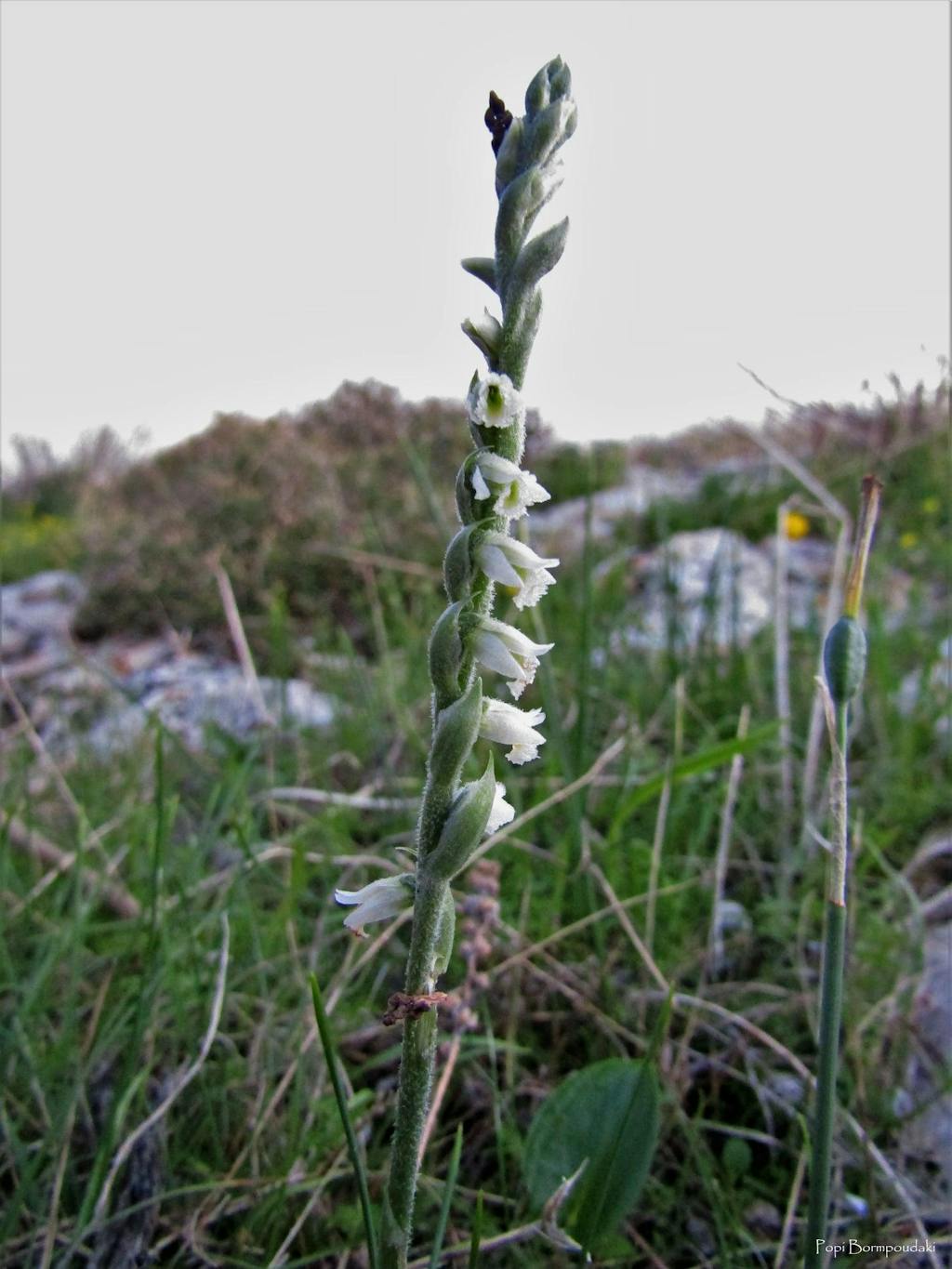
Autumn Lady's-tresses
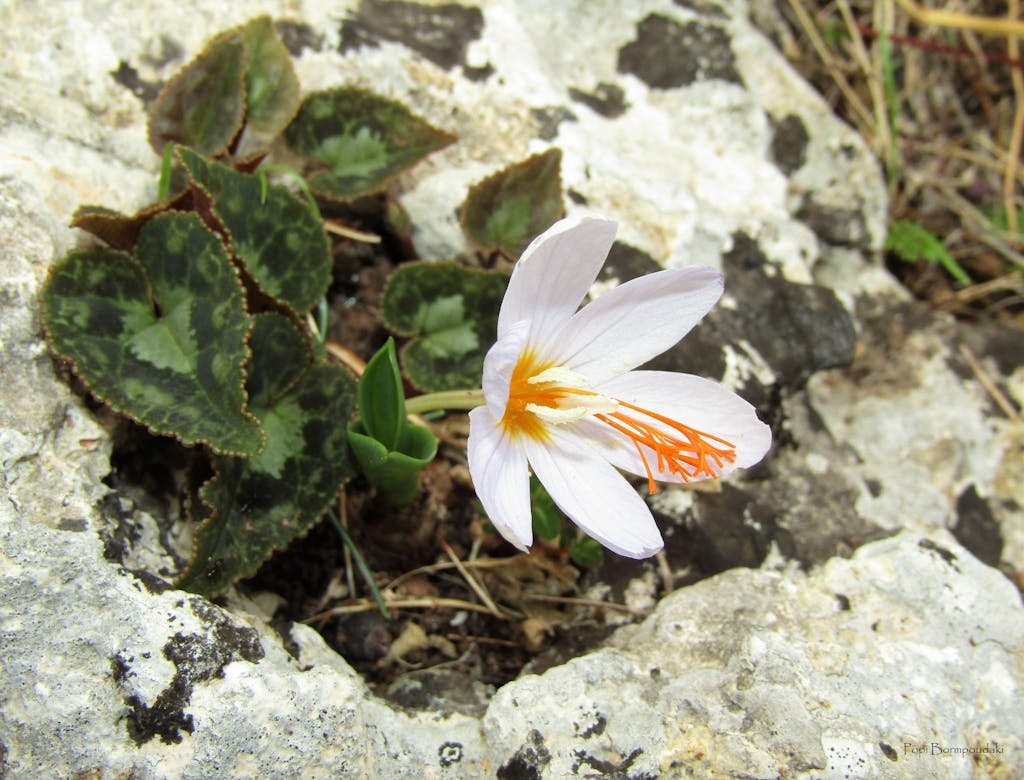
Tournefort Crocus
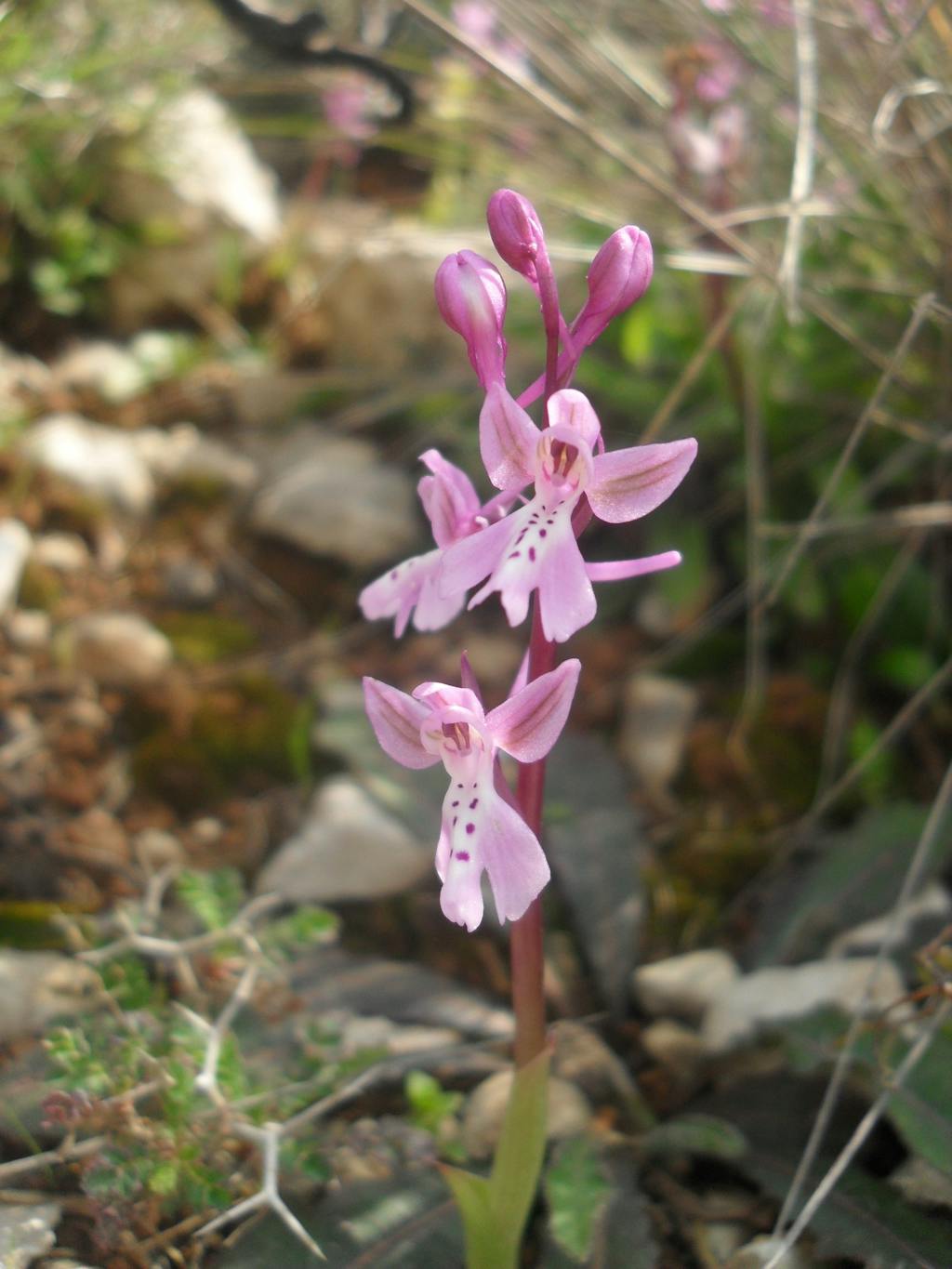
Orchis Sitiaca
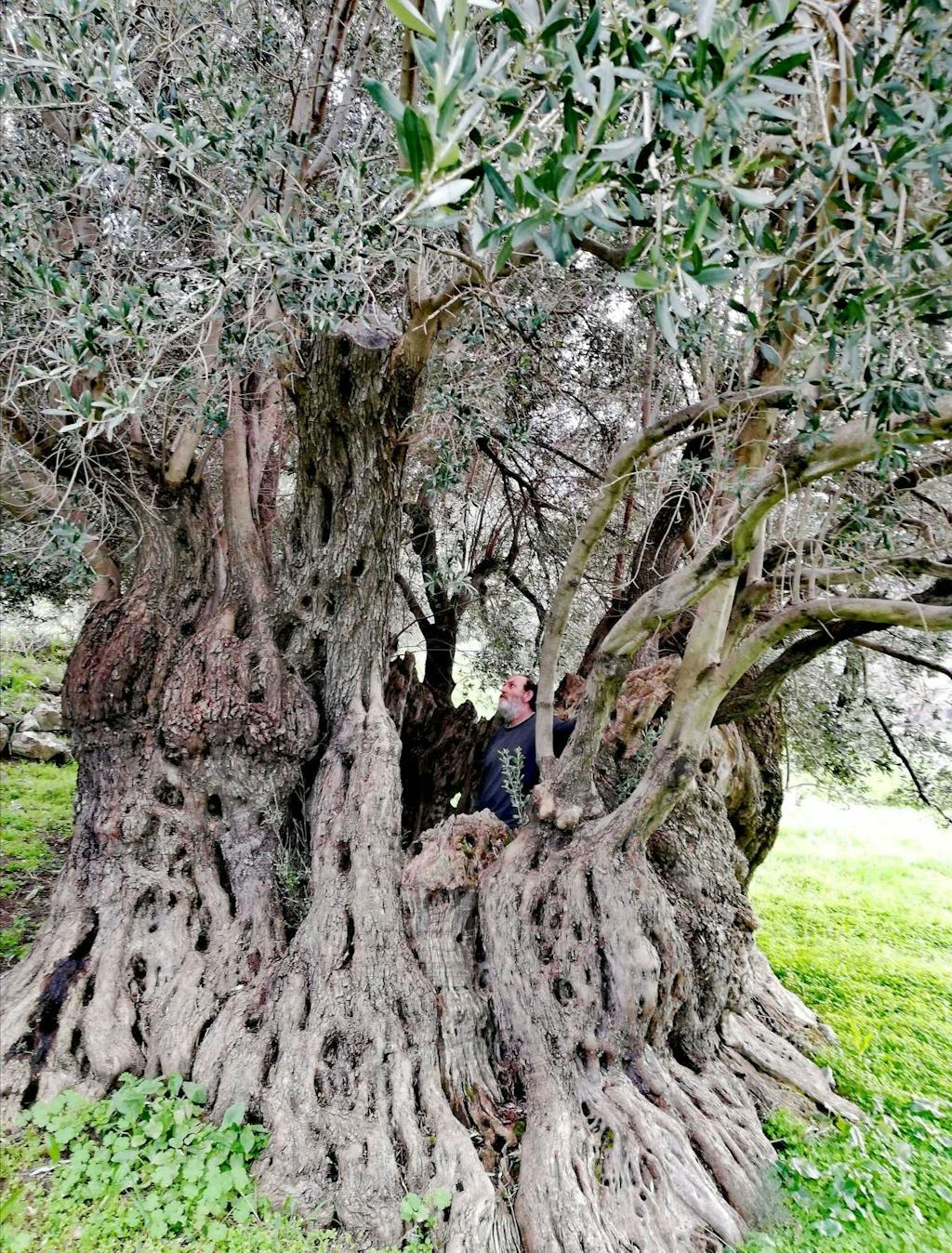
Ancient Olive Tree in Kouroutes
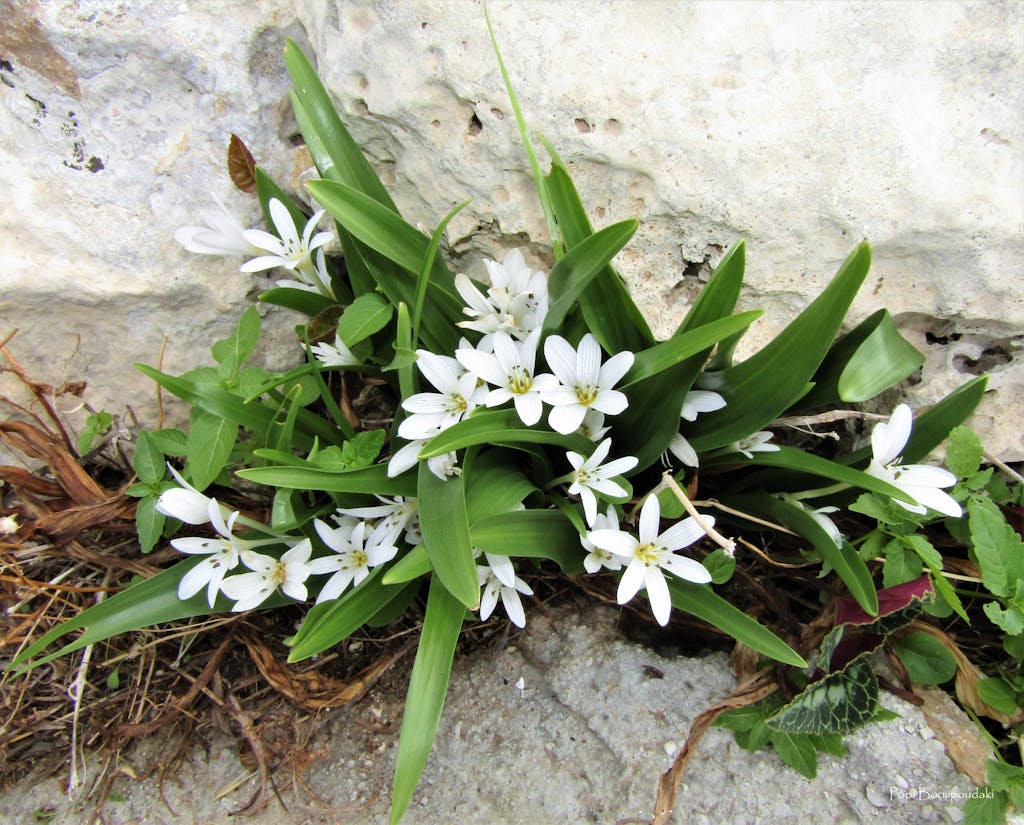
Mediterranean Meadow Saffron
